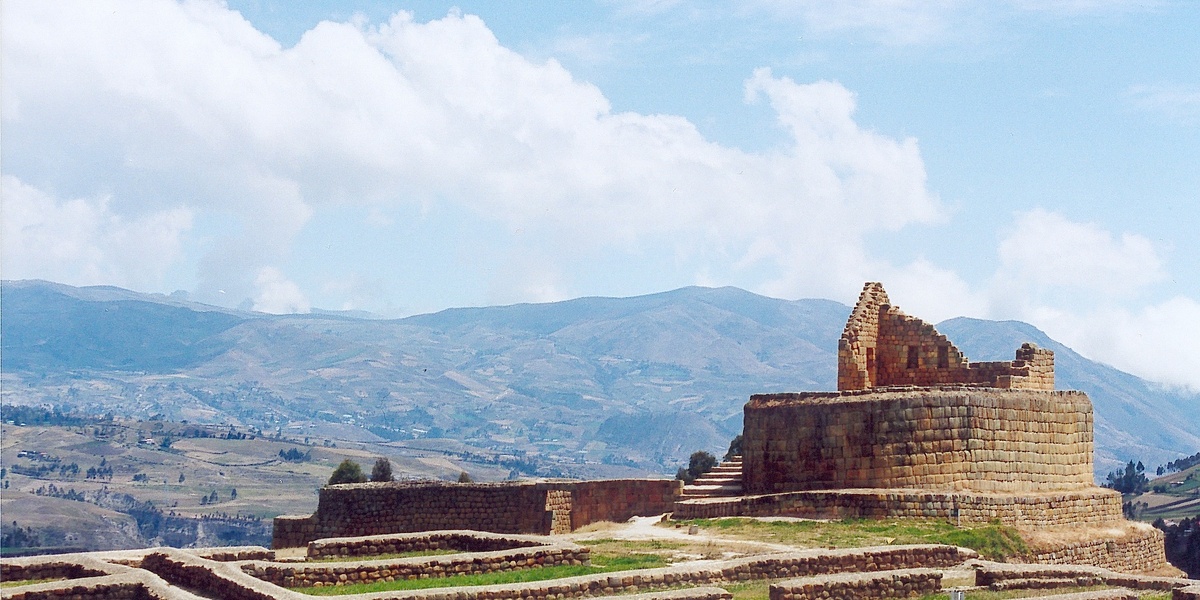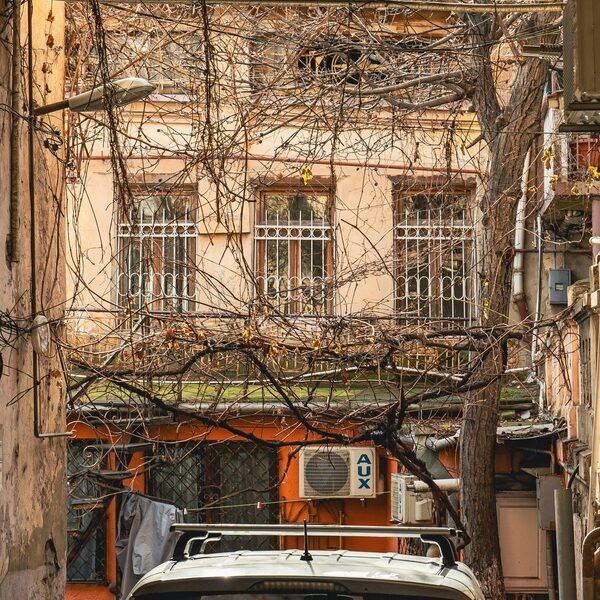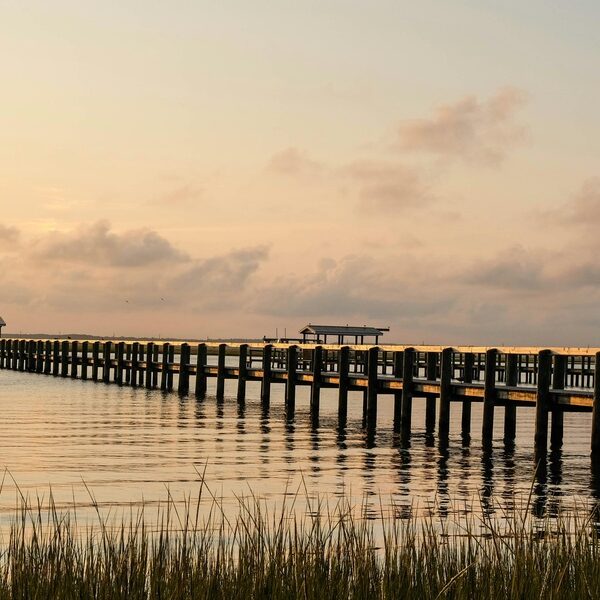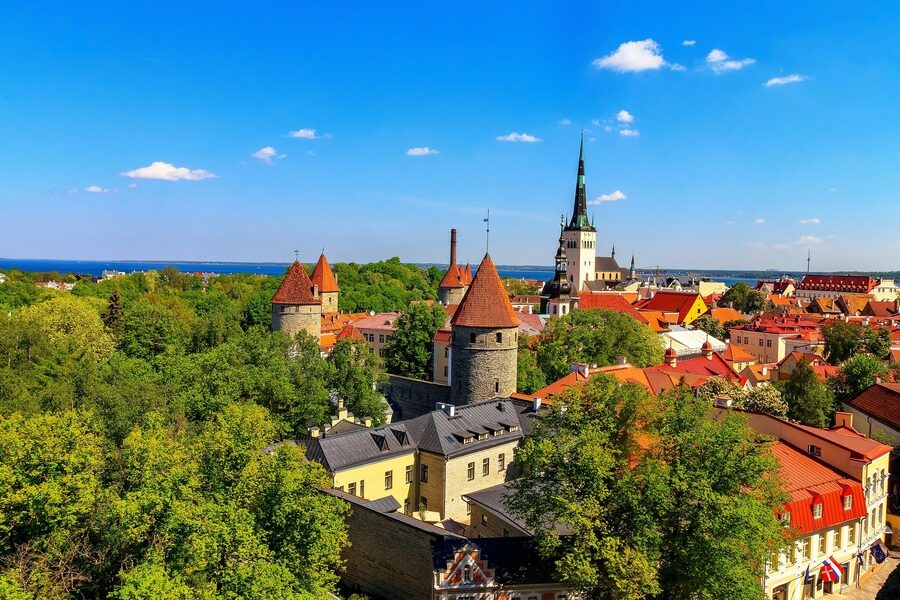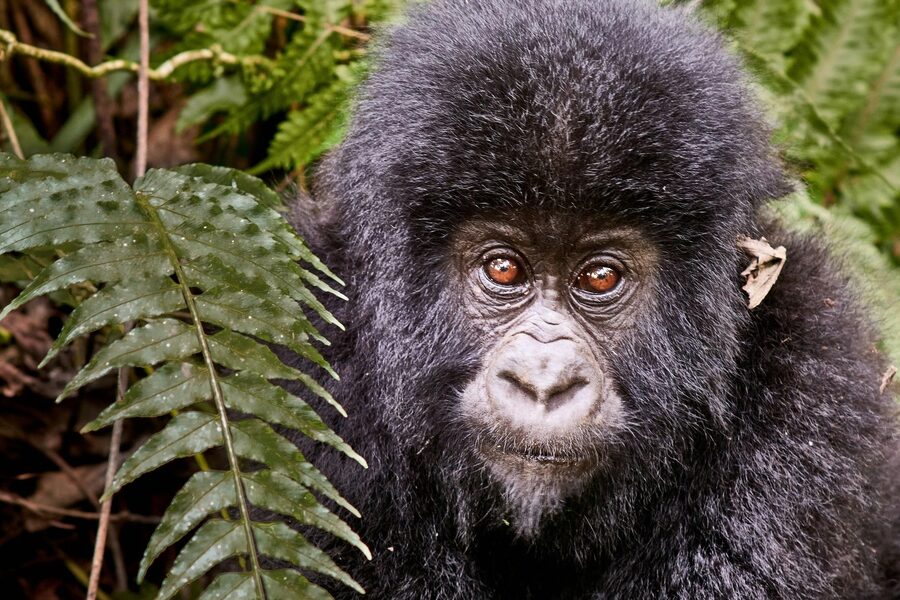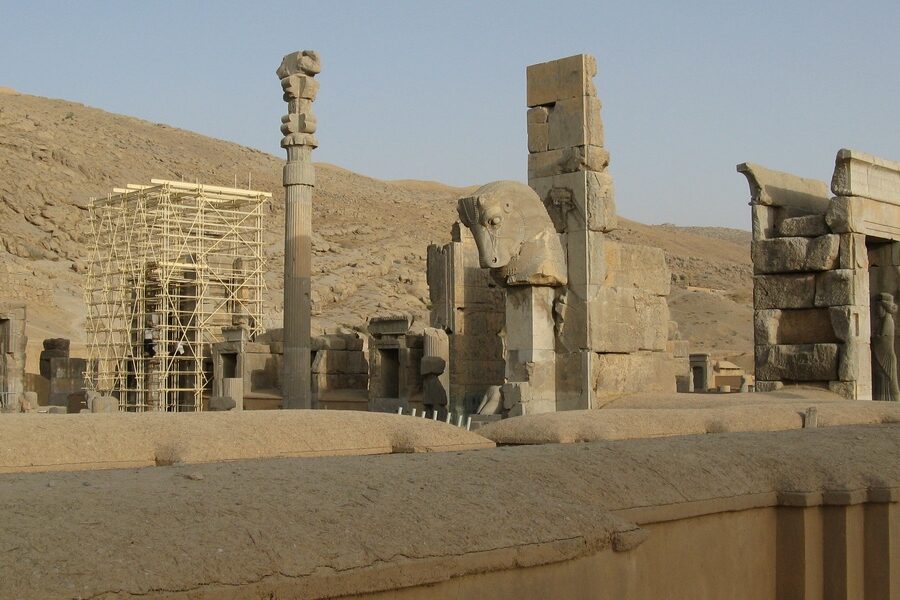Ecuador packs a surprising amount of history into a small country, from pre-Columbian settlements and colonial centers to industrial-era towns and conservation efforts. Walking through these sites gives a clear sense of regional identity, trade routes, and cultural continuity across the Andes, coast, and plains.
There are 100 Historical Places in Ecuador, ranging from Agua Blanca to Zaruma Historic Town. Entries are organized with columns: Location (city, province),Era / Date (year or era),Significance (≤15 words). Where relevant, brief notes on access or preservation are included so you can plan visits—see the full list you’ll find below.
Are these historical places generally open to visitors year-round?
Access varies: many colonial towns and public sites are open year-round, while archaeological reserves, private estates, or remote ruins may require permits, guided visits, or seasonal travel. Check local tourism sites, municipal offices, or park authorities before you go and confirm hours, entry fees, and any conservation rules.
How should I prioritize which sites to visit on a short trip?
Choose a region (Quito/Andes, coast, or southern El Oro/Loja) and pick sites close to one another that match your interests—archaeology, colonial architecture, or mining history. Cluster visits to minimize travel time, verify opening details in advance, and consider a local guide for hard-to-reach or protected locations.
Historical Places in Ecuador
| Name | Location (city, province) | Era / Date (year or era) | Significance (≤15 words) |
|---|---|---|---|
| Historic Centre of Quito | Quito, Pichincha | 1534-Present | First city declared a UNESCO World Heritage Site in 1978. |
| Historic Centre of Cuenca | Cuenca, Azuay | 1557-Present | UNESCO site with colonial urban planning and republican architecture. |
| Ingapirca | Cañar, Cañar | c. late 15th Century | Ecuador’s largest and best-preserved Inca-Cañari archaeological complex. |
| Qhapaq Ñan | Andes Region, Several | c. 15th Century | Ancient Inca road system connecting the empire, a UNESCO World Heritage site. |
| La Compañía de Jesús | Quito, Pichincha | 1605-1765 | Masterpiece of Andean Baroque with an interior covered in gold leaf. |
| Basílica del Voto Nacional | Quito, Pichincha | 1887-1924 | Largest neo-Gothic basilica in the Americas, with Ecuadorian-themed gargoyles. |
| Plaza de la Independencia | Quito, Pichincha | 16th Century | Quito’s main square, site of government palaces and the cathedral. |
| Carondelet Palace | Quito, Pichincha | c. 1801-1810 | The seat of government of Ecuador, located in the historic center. |
| Monasterio de San Francisco | Quito, Pichincha | 1535-1680 | Largest architectural ensemble in colonial Latin America, with a stunning church. |
| El Panecillo | Quito, Pichincha | Pre-Inca / 1975 | Sacred pre-Inca ceremonial site, now topped by a monumental Virgin Mary statue. |
| La Ronda | Quito, Pichincha | Colonial Era | Historic bohemian street with preserved colonial architecture, artists, and cafes. |
| Catedral Metropolitana de Quito | Quito, Pichincha | 1562-1567 | One of South America’s oldest cathedrals, housing tombs of national heroes. |
| Iglesia de Santo Domingo | Quito, Pichincha | c. 1581-1650 | Colonial church noted for its Mudejar-style ceiling and Baroque altarpieces. |
| Teatro Nacional Sucre | Quito, Pichincha | 1886 | Ecuador’s most prestigious 19th-century neoclassical opera house and theater. |
| Observatorio Astronómico de Quito | Quito, Pichincha | 1873 | One of the oldest astronomical observatories in South America. |
| Catedral de la Inmaculada Concepción | Cuenca, Azuay | 1885-1975 | Cuenca’s iconic “New Cathedral” with massive blue domes, a city symbol. |
| Catedral Vieja de Cuenca | Cuenca, Azuay | 1557 | Cuenca’s original cathedral, now a museum of religious art. |
| Parque Calderón | Cuenca, Azuay | Colonial Era | The central historic plaza of Cuenca, flanked by both cathedrals. |
| Pumapungo Archaeological Park | Cuenca, Azuay | c. late 15th Century | Site of the Inca city of Tomebamba, with ruins and terraces. |
| Barrio Las Peñas | Guayaquil, Guayas | c. 16th Century | Guayaquil’s oldest neighborhood, with colorful, restored wooden houses on a historic hill. |
| Parque de las Iguanas | Guayaquil, Guayas | c. 1895 | Historic city park famous for its large population of free-roaming iguanas. |
| Torre Morisca | Guayaquil, Guayas | 1930 | Iconic Moorish-style clock tower on the Malecón 2000 boardwalk. |
| La Rotonda Monument | Guayaquil, Guayas | 1920 | Commemorates the historic meeting between liberators Simón Bolívar and José de San Martín. |
| Cementerio General de Guayaquil | Guayaquil, Guayas | 1823 | A “city of the dead” with elaborate tombs of historical figures. |
| Cochasquí Pyramids | Pedro Moncayo, Pichincha | c. 950-1550 AD | Largest pre-Columbian astronomical and ceremonial site of the Quitu-Cara culture. |
| Tulipe Ceremonial Site | Quito, Pichincha | c. 650-1250 AD | Sacred water temples and sunken plazas of the ancient Yumbo people. |
| Agua Blanca | Puerto López, Manabí | c. 500-1500 AD | Manteño culture settlement with archaeological remains and a sulfur lagoon. |
| Rumicucho | Quito, Pichincha | c. late 15th Century | Inca fortress used to control the northern frontier of the empire. |
| La Tolita Pampa de Oro | La Tolita, Esmeraldas | c. 600 BC-200 AD | Important archaeological site of the La Tolita culture, famed for platinum work. |
| Real Alto | Chanduy, Santa Elena | c. 4400-1700 BC | One of the earliest ceramic-period villages in the Americas (Valdivia culture). |
| Santa Ana-La Florida | Palanda, Zamora-Chinchipe | c. 3300 BC | Earliest known site of cacao domestication and use in the world. |
| Cerro Jaboncillo | Portoviejo, Manabí | c. 500-1500 AD | Major political and ceremonial center of the Manteño culture. |
| Hacienda Zuleta | Zuleta, Imbabura | 17th Century | Historic working farm owned by a former president’s family since 1898. |
| Hacienda La Ciénega | Lasso, Cotopaxi | c. 17th Century | One of Ecuador’s oldest and most historically significant colonial haciendas. |
| Hacienda San Agustín de Callo | Mulaló, Cotopaxi | 15th-18th Century | A unique hacienda built upon the walls of a former Inca palace. |
| Nariz del Diablo Train Route | Alausí, Chimborazo | 1902 | A historic and impressive feat of railway engineering down a steep mountain. |
| El Vado Neighborhood | Cuenca, Azuay | Colonial Era | Traditional neighborhood known for its artisans, history, and the iconic Puente Roto. |
| Puente Roto | Cuenca, Azuay | 1950 (destroyed) | The remains of a colonial-style bridge, now a scenic viewpoint and landmark. |
| Monasterio de El Carmen de la Asunción | Cuenca, Azuay | 1682 | A historic cloistered convent known for its flower market and religious art. |
| Zaruma Historic Town | Zaruma, El Oro | 16th Century | A national heritage site famous for its unique wooden republican-era architecture. |
| Vilcabamba Valley | Vilcabamba, Loja | Pre-Inca | Historically known as the “Playground of the Inca” for royal retreats. |
| Post Office Bay | Floreana Island, Galápagos | c. 1793 | Historic barrel used by 18th-century whalers as an unofficial post office. |
| Wall of Tears | Isabela Island, Galápagos | 1945-1959 | A large wall built by prisoners of a penal colony, a stark monument. |
| Tagus Cove | Isabela Island, Galápagos | 18th Century-Present | Historic bay where sailors and scientists carved ship names into cliffs. |
| Plaza de San Sebastián | Loja, Loja | 1910 | Historic square where Loja declared independence, featuring a 32-meter tower. |
| Catedral de Loja | Loja, Loja | 1838 (rebuilt) | Main cathedral of Loja, a prominent example of eclectic historicist style. |
| Fuerte de San Carlos | La Libertad, Santa Elena | 18th Century | Ruins of a Spanish colonial fort built to defend the coast against pirates. |
| Centro de Arte Contemporáneo | Quito, Pichincha | 1900 | Housed in the imposing building of Quito’s historic Antiguo Hospital Militar. |
| Palacio de La Gobernación | Guayaquil, Guayas | 1924 | Neoclassical building that serves as the provincial government headquarters. |
| Yaku Parque Museo del Agua | Quito, Pichincha | Early 20th Century | Located in Quito’s first public water treatment plant on El Placer hill. |
| Old Geodesic Mission Monument | Oyambaro, Pichincha | 1936 | The original monument marking the equator line from the 18th-century French mission. |
| Iglesia de Guápulo | Quito, Pichincha | 1649-1694 | A historic sanctuary and convent with important colonial art from the Quito School. |
| Santuario de El Quinche | El Quinche, Pichincha | 1913-1924 | An important national sanctuary, site of a massive annual pilgrimage. |
| Mitad del Mundo Monument | San Antonio de Pichincha, Pichincha | 1979-1982 | Monument commemorating the 18th-century mission that located the equator. |
| Museo de la Ciudad | Quito, Pichincha | 1565 | Housed in the building of the former San Juan de Dios Hospital. |
| Convento de San Agustín | Quito, Pichincha | 1659 | Site where Ecuador’s Act of Independence was signed in its chapter house in 1809. |
| Palacio Arzobispal | Quito, Pichincha | 16th Century (rebuilt) | Archbishop’s Palace on the Plaza Grande, a key colonial structure. |
| Iglesia de El Sagrario | Quito, Pichincha | 1605-1747 | Attached to the main cathedral, a masterpiece of Quito School Baroque sculpture. |
| Arco de la Reina | Quito, Pichincha | 1788 | Historic archway built in honor of Queen Maria I of Portugal. |
| Catedral de San Pedro de Riobamba | Riobamba, Chimborazo | 1835 | Its facade is a preserved stone relic from the ruins of old Riobamba. |
| Parque Maldonado | Riobamba, Chimborazo | Colonial Era | The main square of Riobamba, surrounded by important historical buildings. |
| Iglesia La Merced | Quito, Pichincha | 1701-1747 | Colonial church holding the oldest clock in Quito and rich artwork. |
| Iglesia de San Blas | Cuenca, Azuay | 1935 (rebuilt) | Iconic church with a pink marble facade, a landmark of Cuenca. |
| Termas de El Placer | El Placer, Esmeraldas | c. 600 BC-400 AD | Archaeological site of the La Tolita culture with artificial mounds (tolas). |
| Petroglifos de Limón Indanza | Limón Indanza, Morona Santiago | Ancient | A significant collection of ancient petroglyphs carved onto large river boulders. |
| Cangahua Pucará | Cangahua, Pichincha | Pre-Inca | Remnants of a pre-Inca hilltop fortress (pucará) of strategic importance. |
| La Esquina del Coco | Ibarra, Imbabura | 19th Century | A historic corner building that survived the devastating 1868 earthquake. |
| Parque Pedro Moncayo | Ibarra, Imbabura | 19th Century | Ibarra’s main square, the heart of the city’s post-earthquake reconstruction. |
| Iglesia La Dolorosa | Ibarra, Imbabura | 1872 | Church built after the 1868 earthquake, central to the city’s rebirth. |
| Quinta de Juan León Mera | Ambato, Tungurahua | 19th Century | Historic villa and gardens, home of the author of Ecuador’s national anthem. |
| Casa de Montalvo | Ambato, Tungurahua | 19th Century | The birthplace and home of influential 19th-century Ecuadorian writer Juan Montalvo. |
| Colegio Nacional Maldonado | Riobamba, Chimborazo | 1827 | One of the oldest and most prestigious educational institutions in the country. |
| Monasterio de Santa Catalina de Siena | Quito, Pichincha | 1594 | A historic cloistered convent with over 400 years of uninterrupted religious life. |
| Ingapirca de Ojos Negros | Sigchos, Cotopaxi | Inca Period | A lesser-known Inca military and religious complex in the western Andes. |
| Camino del Inca (Culebrillas) | Cañar, Cañar | Inca Period | A well-preserved section of the Inca Trail near Ingapirca, around a lake. |
| Palacio de Cristal | Guayaquil, Guayas | 1907 | Historic market structure designed by Gustave Eiffel’s firm, now an exhibition center. |
| Barrio del Astillero | Guayaquil, Guayas | Colonial Era | The historic shipyard district where Guayaquil’s naval and maritime history was forged. |
| Iglesia de San Francisco | Guayaquil, Guayas | 1935 (rebuilt) | A major historic church in the city center, rebuilt after fires. |
| Plaza de San Francisco | Quito, Pichincha | 16th Century | One of the largest and oldest public squares in South America. |
| Calle de las Siete Cruces | Quito, Pichincha | Colonial Era | Historic street (García Moreno) named for seven stone crosses along its length. |
| Santuario del Bom Jesus de Pomasqui | Pomasqui, Pichincha | Colonial Era | Historic church in a town known for its colonial and republican architecture. |
| Pirámides de Puntiachil | Cayambe, Pichincha | Pre-Inca | A truncated pyramid likely used as a solar observatory by the Kayambi people. |
| Salinas de Guaranda | Salinas, Bolívar | Ancient | Historic salt mines that have been exploited since pre-Inca times. |
| Ruinas de Todos Santos | Cuenca, Azuay | Cañari, Inca, Colonial | Archaeological site showing layers of Cañari, Inca, and Spanish construction. |
| Plaza Cívica de Manta | Manta, Manabí | 20th Century | A historic square reflecting the city’s identity as a major port. |
| Museo Nahim Isaías | Guayaquil, Guayas | 1924 | Housed in a historic bank building, showcasing colonial and pre-Columbian art. |
| Monasterio de las Conceptas | Cuenca, Azuay | 1599 | Historic convent housing a museum with a vast collection of religious art. |
| Casa de los Tratados | Girón, Azuay | 19th Century | Site where the treaty ending the 1829 war between Gran Colombia and Peru was signed. |
| Baños del Inca en Coyoctor | El Tambo, Cañar | Inca Period | A Cañari-Inca complex featuring an altar, baths, and an aqueduct system. |
| Santuario de la Virgen del Cisne | El Cisne, Loja | 1934 | A Gothic-style basilica, one of Ecuador’s most important religious pilgrimage sites. |
| El Tejar | Riobamba, Chimborazo | Colonial Era | A historic neighborhood in Riobamba known for its traditional architecture. |
| Iglesia de Balbanera | Colta, Chimborazo | 1534 | Considered the first Catholic church built on Ecuadorian soil by conquistadors. |
| Puente de Chimbo | Chimbo, Bolívar | 1884 | A historic iron bridge that was a key part of the old Guayaquil-Quito road. |
| Complejo Arqueológico de Pambamarca | Cayambe, Pichincha | Inca Period | A vast complex of over 17 pre-Columbian pucarás (fortresses). |
| Universidad de Guayaquil (Casona Universitaria) | Guayaquil, Guayas | 1898 | The historic main building of the university, an icon of higher education. |
| Estación del Ferrocarril de Chimbacalle | Quito, Pichincha | 1908 | The main historic train station that connected the coast and the highlands. |
| Mercado de San Francisco | Quito, Pichincha | 1897 | Quito’s first formal covered market, an example of iron architecture. |
| Alausí Historic Town | Alausí, Chimborazo | Early 20th Century | A picturesque town known for its historic architecture and as a railway hub. |
| Centro Cultural Metropolitano | Quito, Pichincha | 1622 (as college) | Former Royal University of Santo Tomás, now a major cultural center. |
| Logroño de los Caballeros Ruins | Logroño, Morona Santiago | 1576 | Archaeological remains of a lost Spanish colonial city in the Amazon rainforest. |
Images and Descriptions
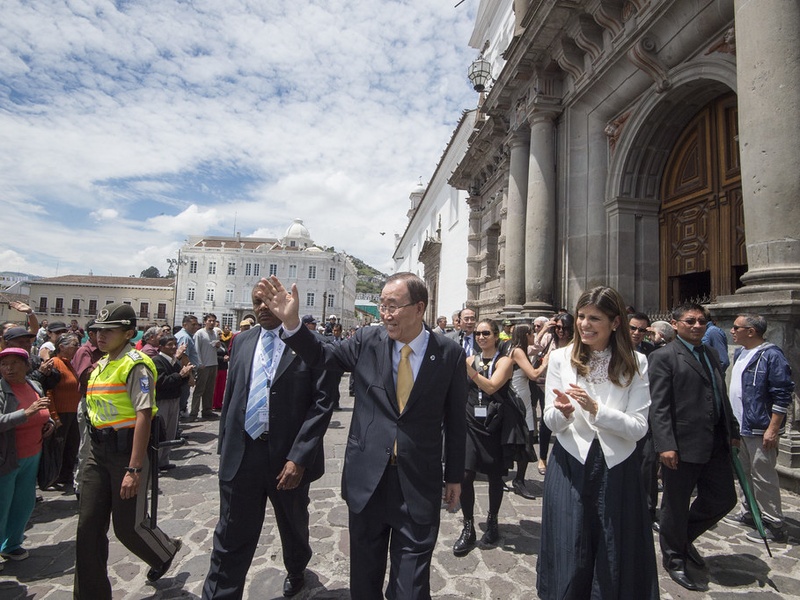
Historic Centre of Quito
Historic city core with well-preserved colonial streets, churches, and plazas. Designated UNESCO World Heritage for rich Baroque architecture and urban layout. Serves as a top example of Spanish colonial planning and indigenous craft fusion.
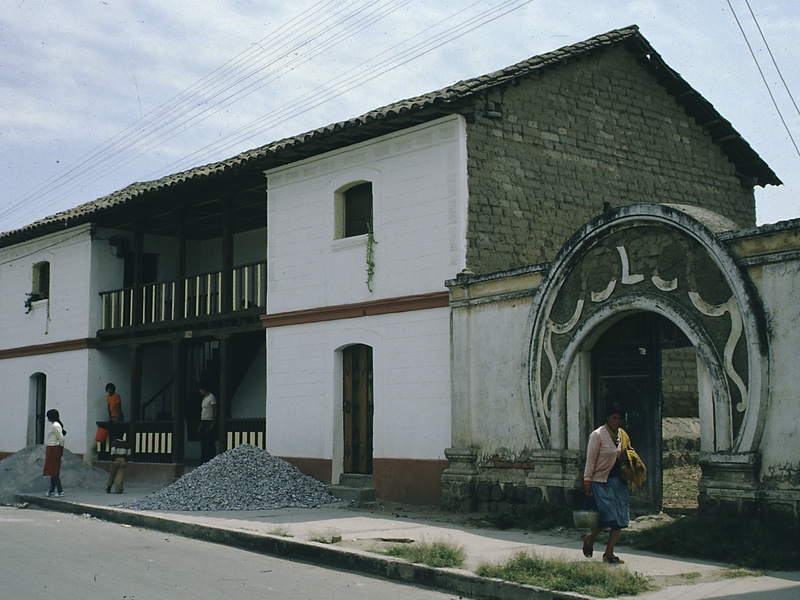
Historic Centre of Cuenca
Colonial center with red-tiled roofs, stone bridges, and grand churches. Recognized by UNESCO for Baroque and Neoclassical architecture. Represents highland trade, culture, and religious history.
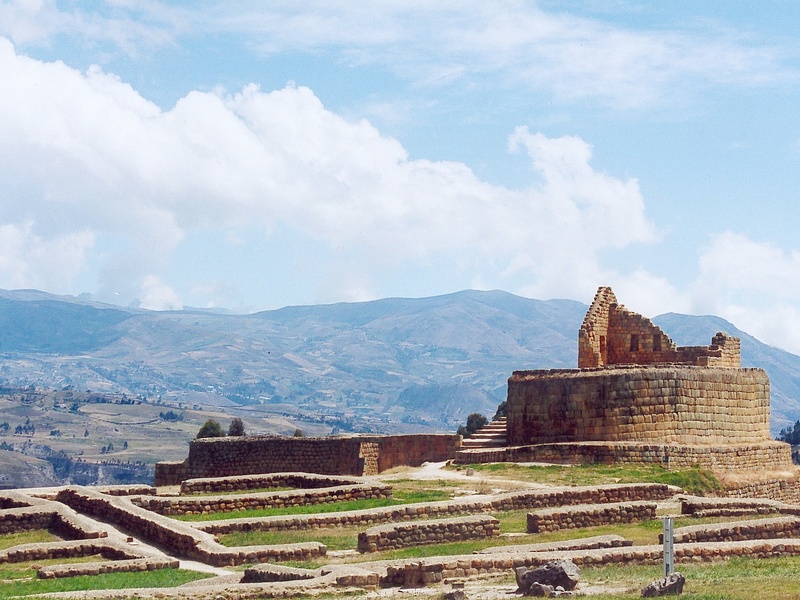
Ingapirca
Largest known Inca ruin in Ecuador with a well-built temple and defensive walls. Shows Inca engineering blended with earlier Cañari structures. Functions as a prime site for Andean archaeology and history.
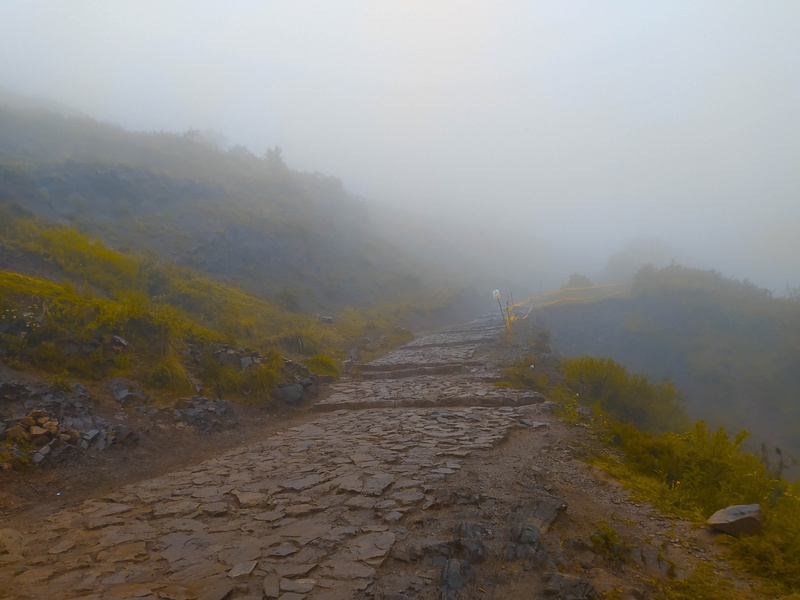
Qhapaq Ñan
Ancient Andean road network used by the Inca for communication and transport. Listed as UNESCO World Heritage. Illustrates pre-Columbian connectivity across mountains and empires.
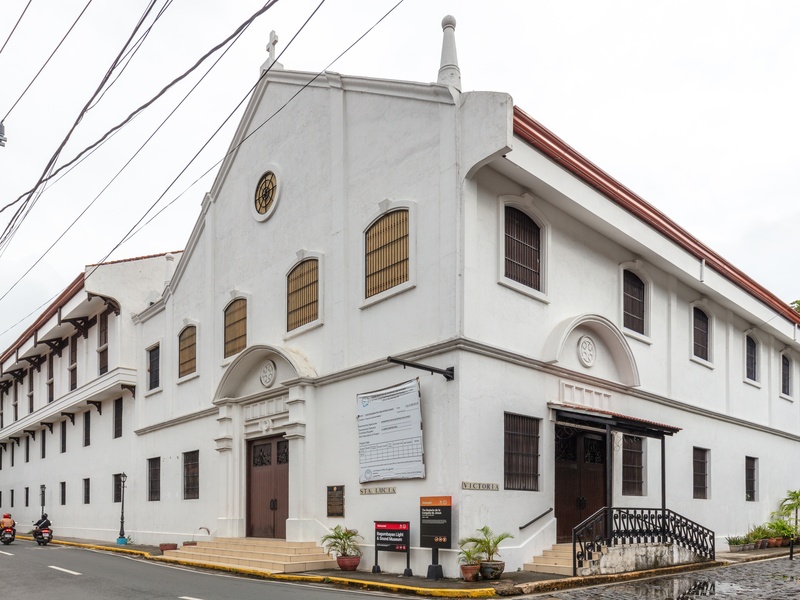
La Compañía de Jesús
Lavish Baroque Jesuit church in Quito noted for gold-leaf interior and carved woodwork. Stands as a key example of colonial religious art and missionary influence. Draws attention for artistic detail.
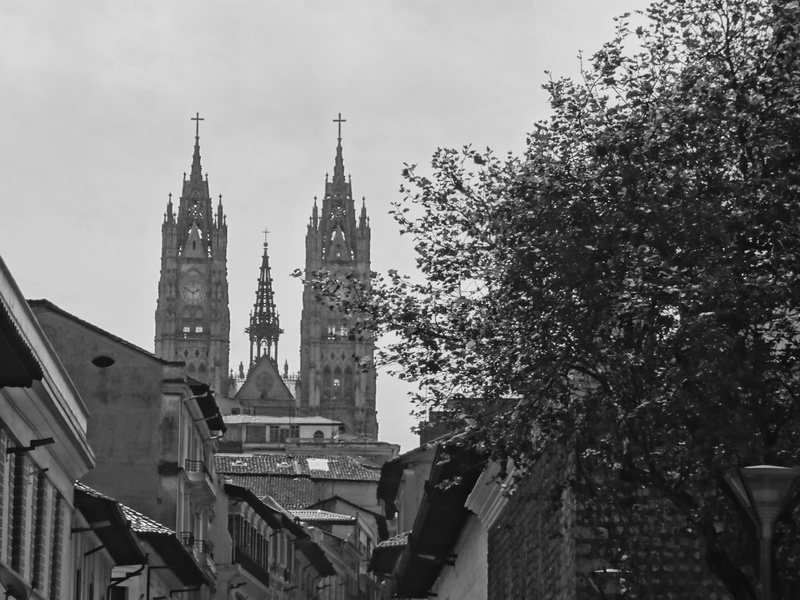
Basílica del Voto Nacional
Neo-Gothic basilica in Quito with towering spires and gargoyles. Known as one of the largest neo-Gothic churches in the Americas. Offers panoramic city views from its towers.
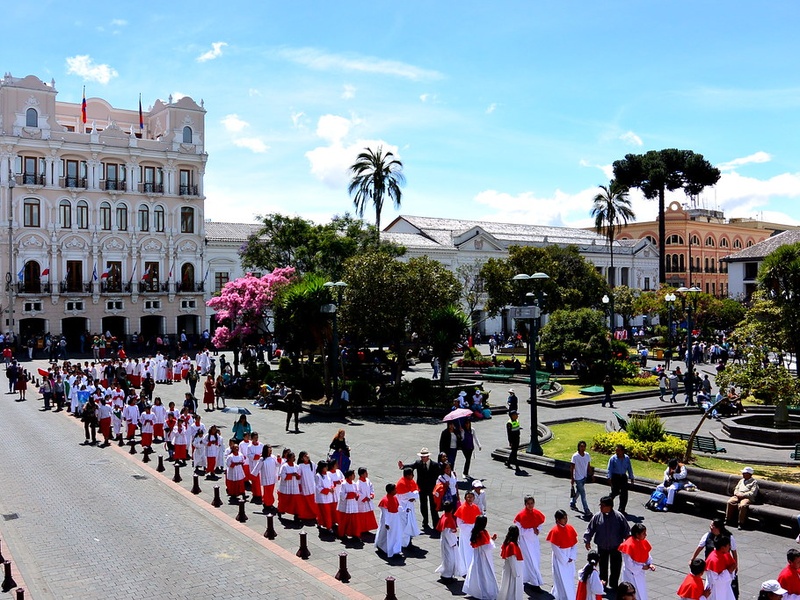
Plaza de la Independencia
Central square in Quito framed by government and religious buildings. Serves as the civic and historical heart of the city. Hosts parades, monuments, and public life.
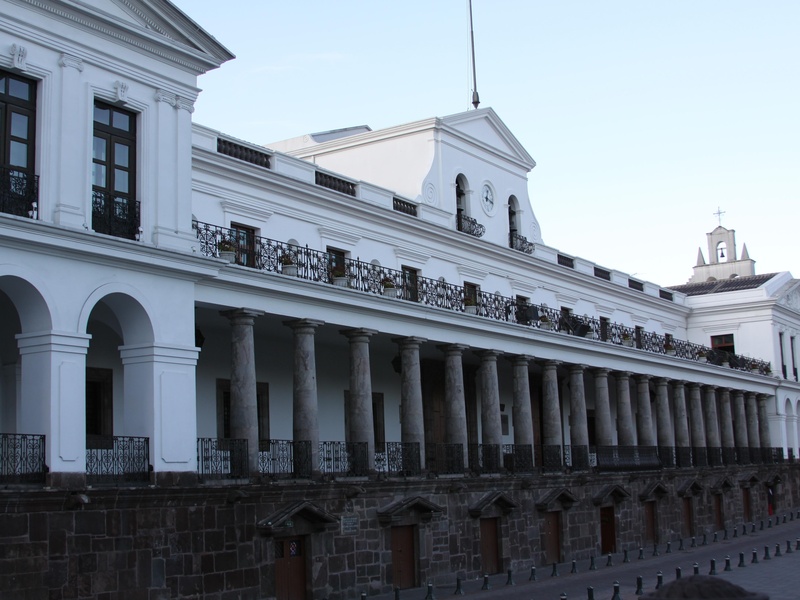
Carondelet Palace
Presidential palace overlooking Quito’s main plaza. Functions as the seat of executive power since colonial times. Embodies political history and state architecture.
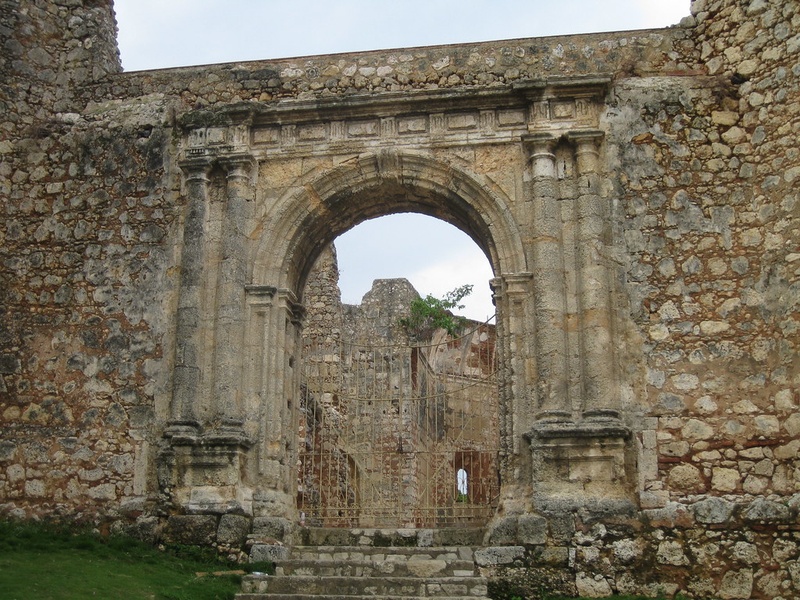
Monasterio de San Francisco
Large colonial monastery complex with church, cloister, and museum in Quito. Represents early Franciscan presence and art collections. Combines religious and cultural history.
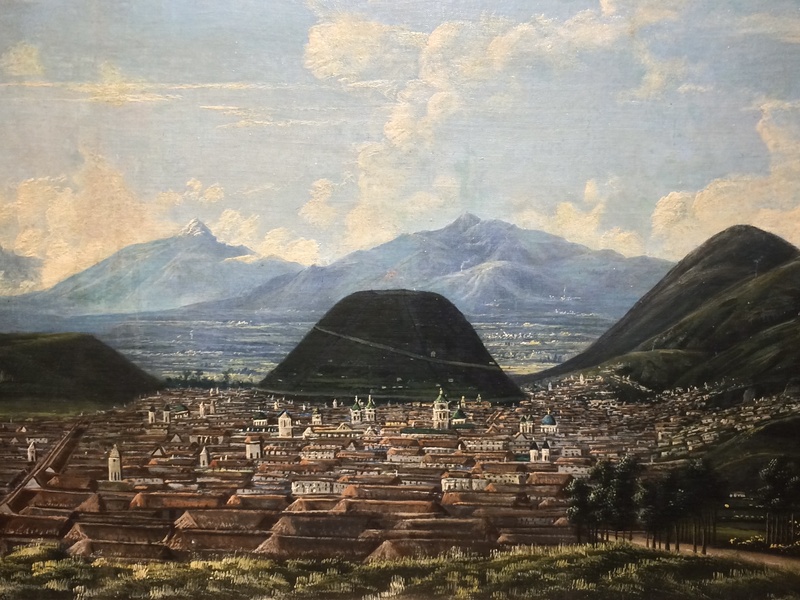
El Panecillo
Hill crowned by a large Virgin of Quito statue. Offers wide views over Quito and a modern landmark symbol. Reflects religious devotion and city identity.
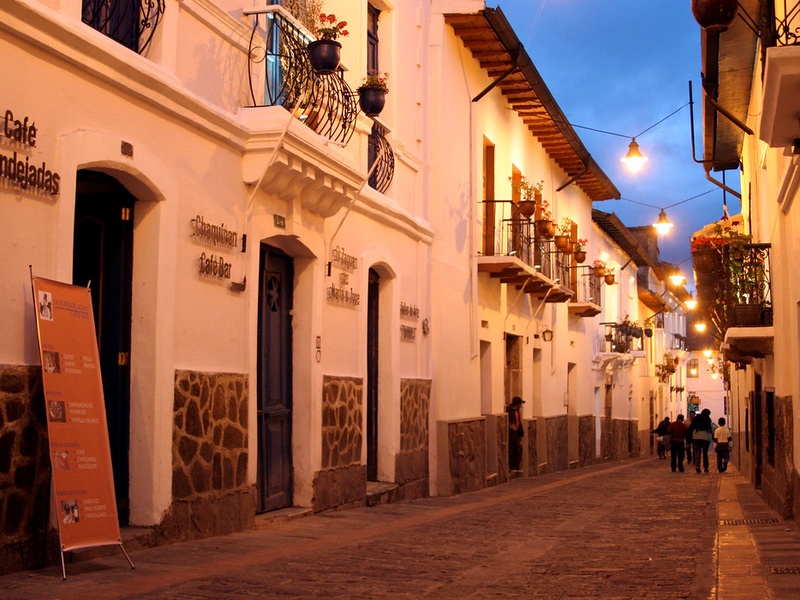
La Ronda
Narrow historic street in Quito with colonial houses, workshops, and music venues. Represents artisan neighborhoods and old urban life. Serves as a cultural and nightlife spot.
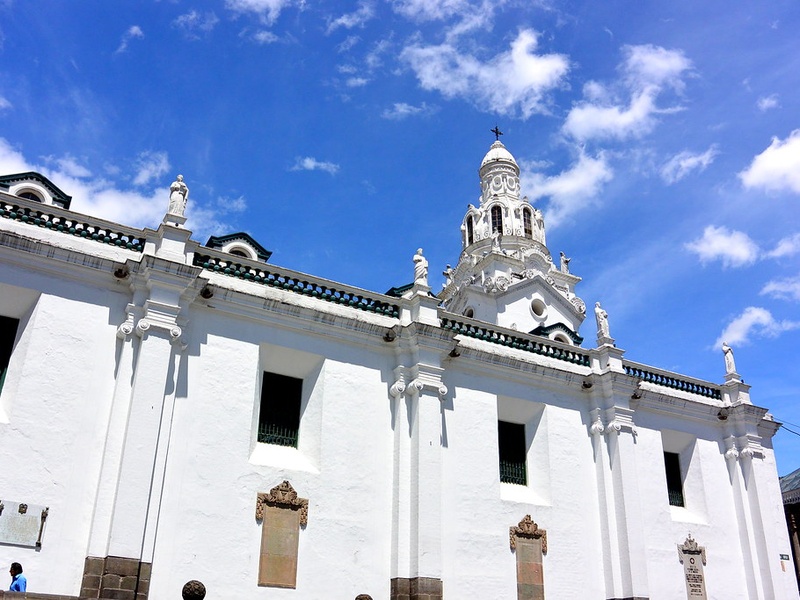
Catedral Metropolitana de Quito
Main cathedral of Quito with layered construction over centuries. Houses religious artifacts and historic tombs. Anchors the religious landscape of the historic center.
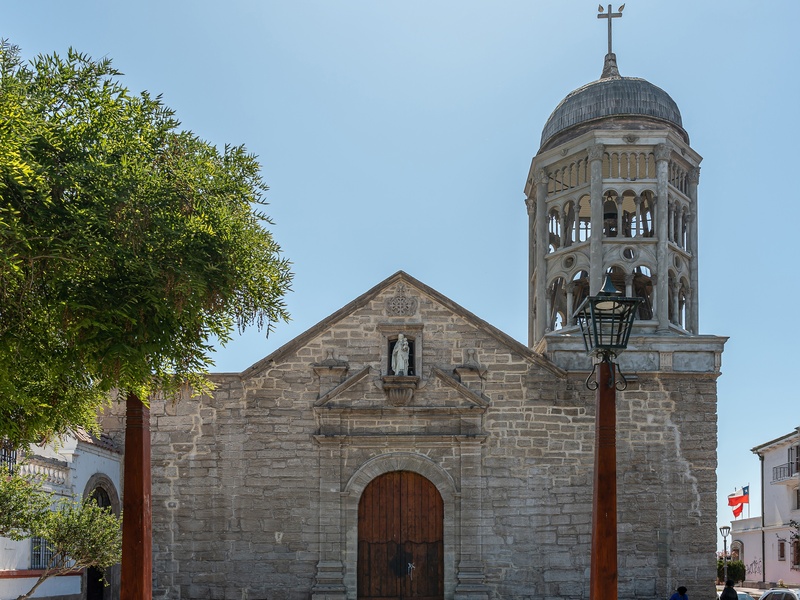
Iglesia de Santo Domingo
Large colonial church complex with ornate interiors and cloister. Blends art, sculpture, and liturgical history. Functions as a key religious site in Quito.
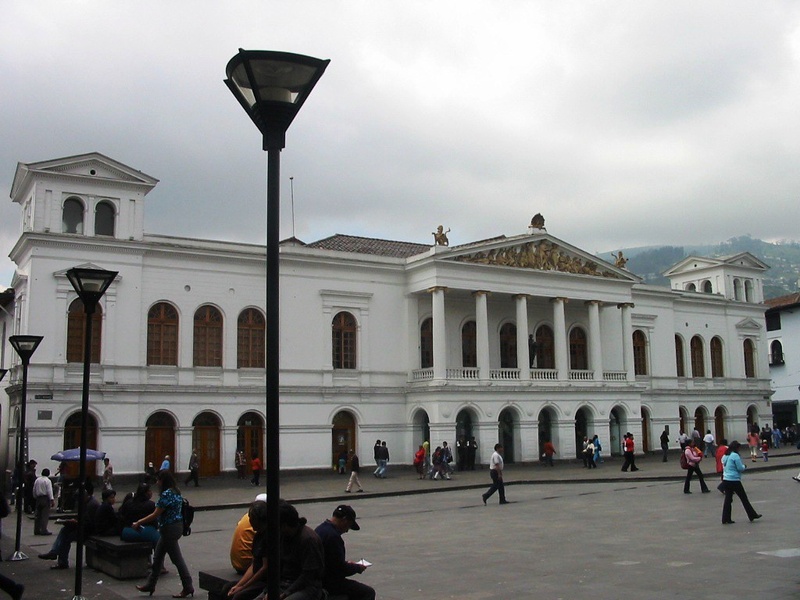
Teatro Nacional Sucre
Historic neoclassical theater in Quito hosting opera, drama, and music. Symbolizes cultural life and early republican performance arts. Preserves restored interiors and period details.
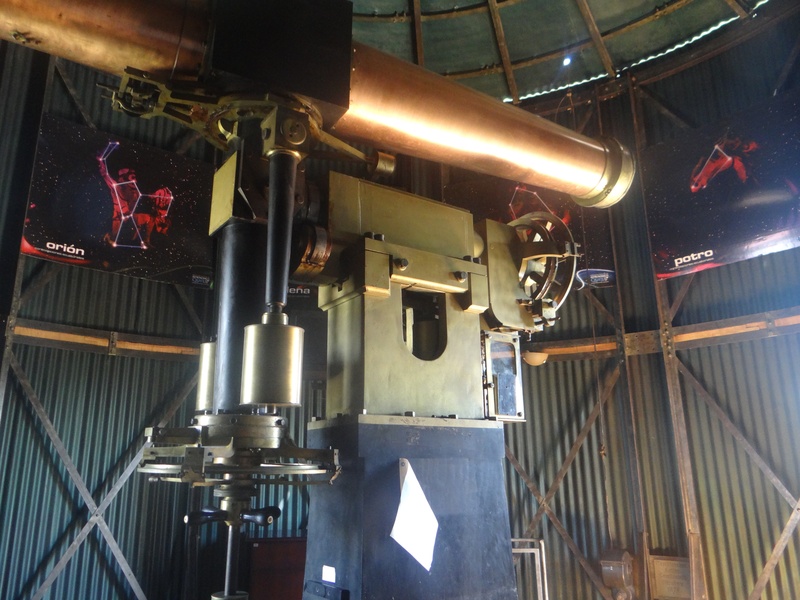
Observatorio Astronómico de Quito
Early 20th-century observatory and scientific site. Played a role in astronomy and education in Ecuador. Maintains historic instruments and research heritage.
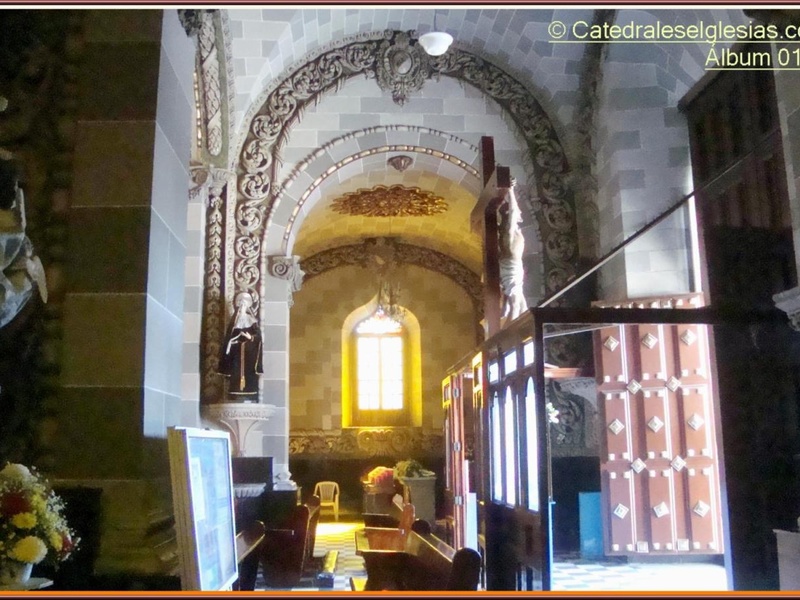
Catedral de la Inmaculada Concepción
Principal cathedral in Cuenca known for twin towers and Gothic style. Serves as a major religious and architectural symbol of the city. Hosts important civic ceremonies.
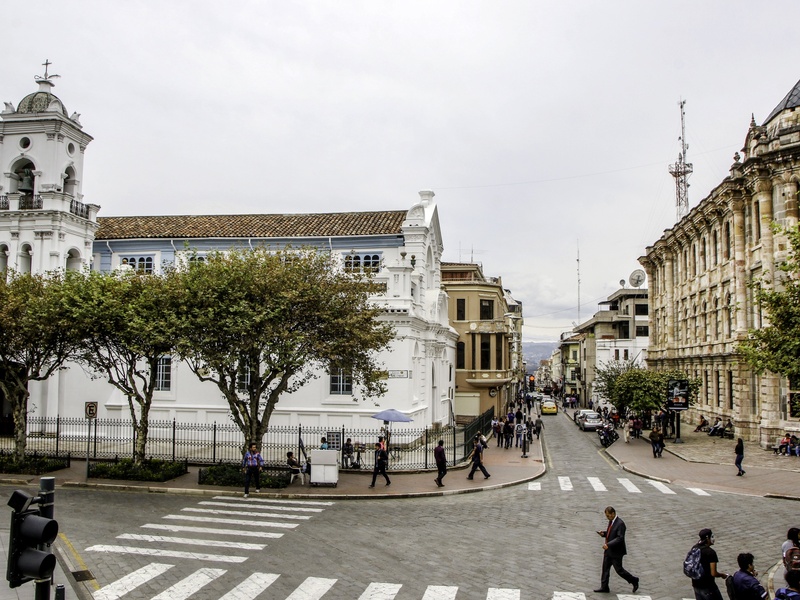
Catedral Vieja de Cuenca
Old cathedral site in Cuenca with historical foundations and colonial history. Marks the city’s early religious development. Preserves ruins and museum elements.
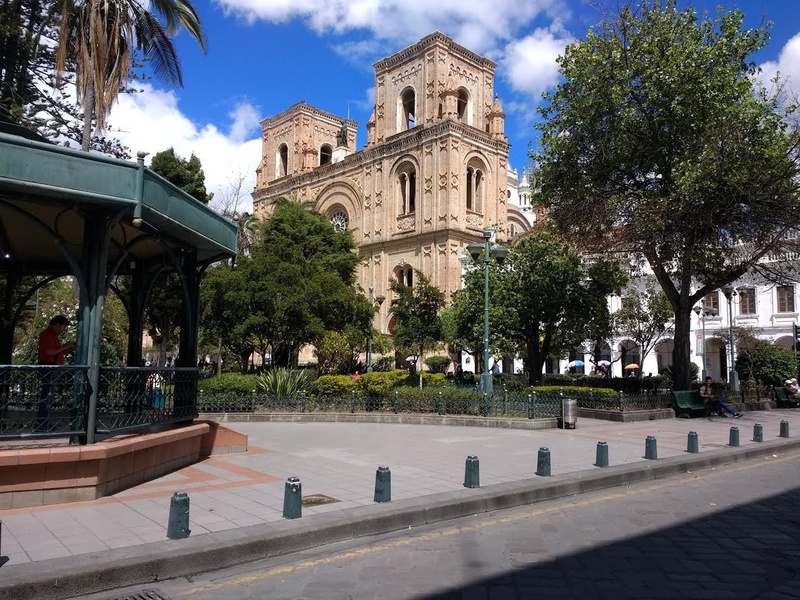
Parque Calderón
Main plaza of Cuenca surrounded by historic buildings and the cathedral. Acts as the social and civic center of the city. Displays monuments and public gatherings.
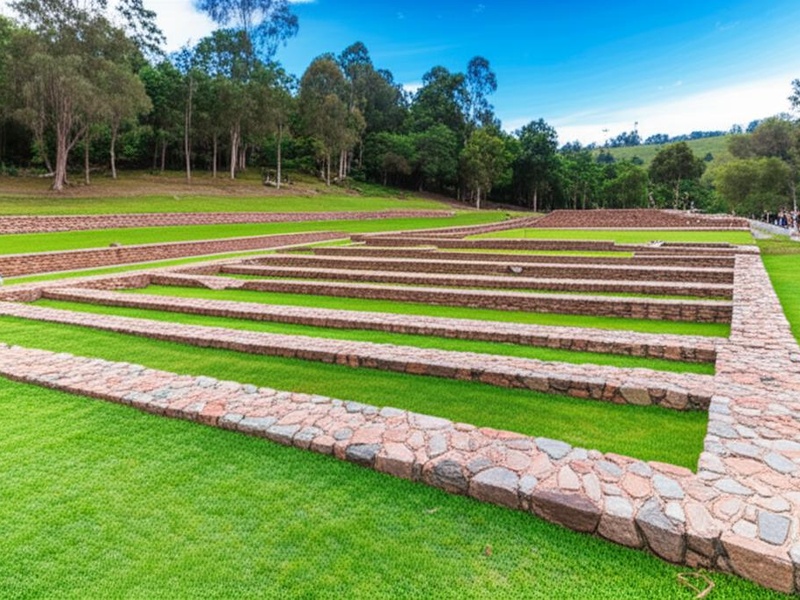
Pumapungo Archaeological Park
Archaeological park and museum in Cuenca with ruins, gardens, and ethnographic collections. Shows Inca and Cañari remains and colonial layers. Functions as research and visitor site.
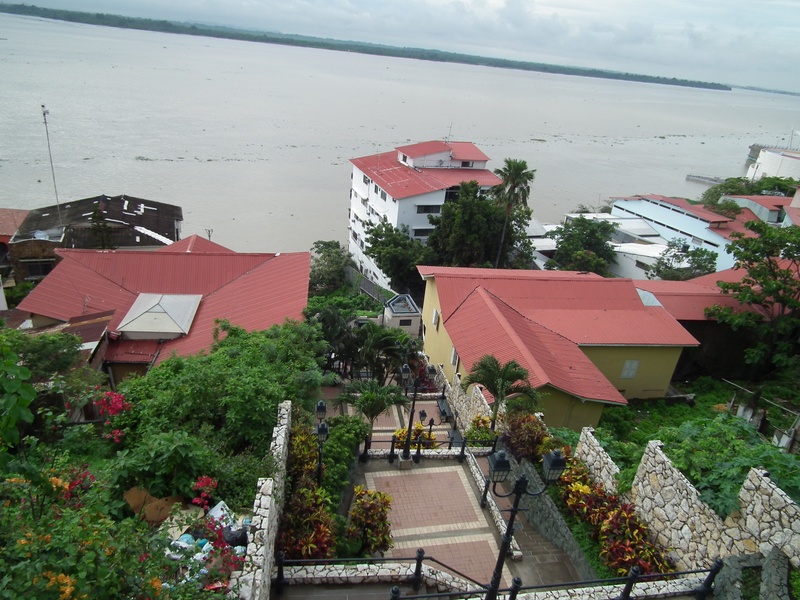
Barrio Las Peñas
Historic hill neighborhood in Guayaquil with colorful houses and art galleries. Preserves 19th-century urban fabric and river views. Acts as a cultural and creative district.
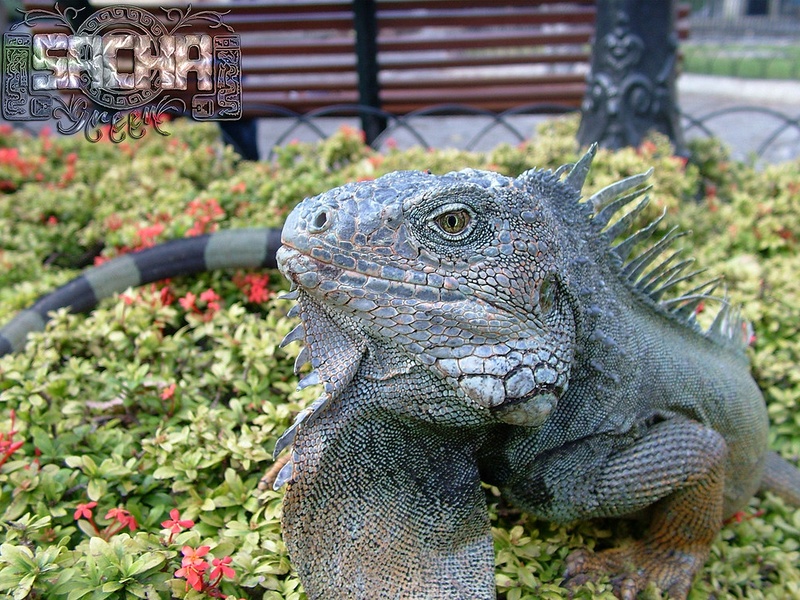
Parque de las Iguanas
Urban park in Guayaquil known for large iguana population. Sits by historic plaza and colonial buildings. Combines natural interest with city history.
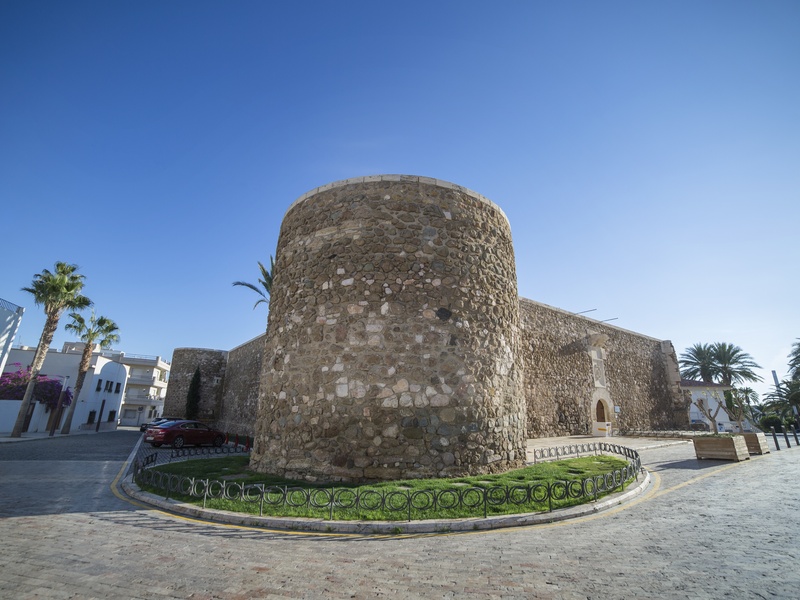
Torre Morisca
Moorish-style tower landmark in Guayaquil overlooking the riverfront. Reflects eclectic architectural trends in city history. Serves as a visual icon near the historic center.
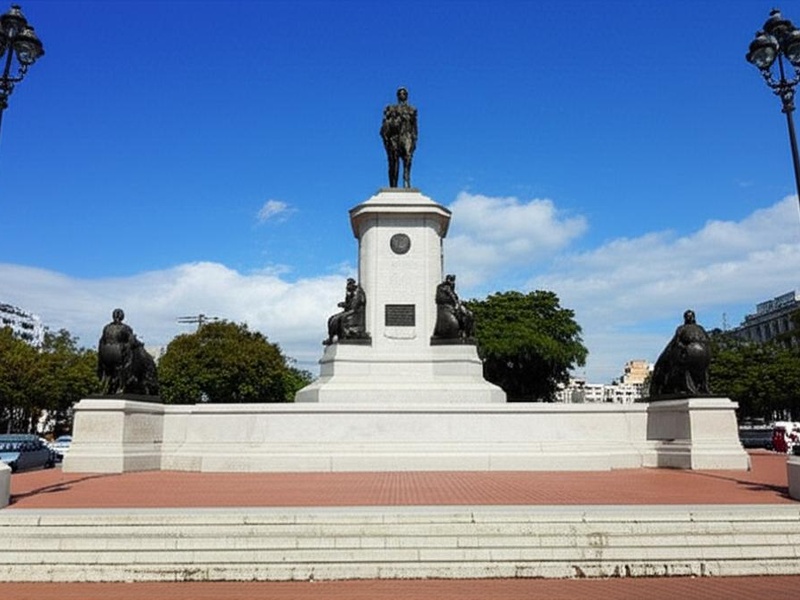
La Rotonda Monument
Monument commemorating independence in Guayaquil at Plaza de la Administración. Honors the city’s role in Ecuadorian independence. Functions as a civic memorial and meeting point.
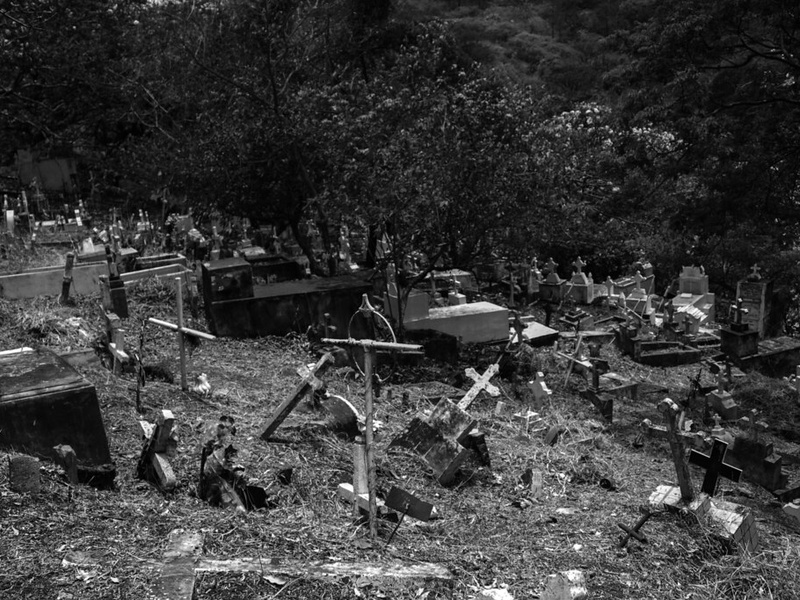
Cementerio General de Guayaquil
Large historic cemetery with mausoleums, sculptures, and famous graves. Reflects social history, art, and local traditions. Preserves funerary architecture and memorials.
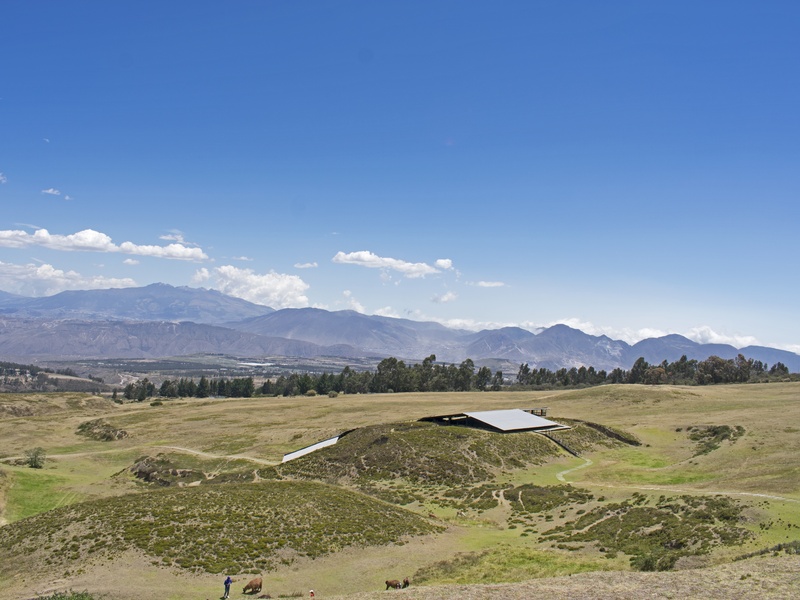
Cochasquí Pyramids
Pre-Columbian mound complex near Quito composed of truncated pyramids and stone circles. Marks Caranqui cultural and astronomical practices. Offers archaeological trails and viewpoints.
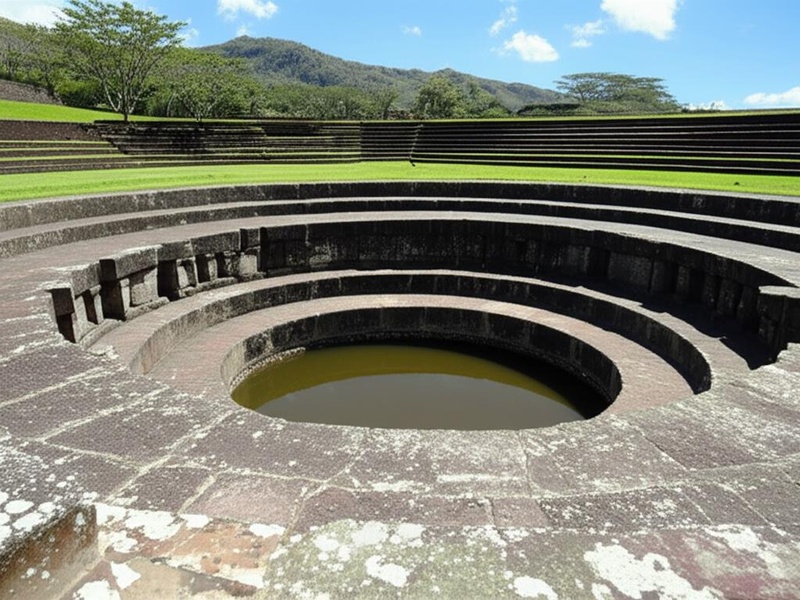
Tulipe Ceremonial Site
Prehistoric ceremonial center with stone constructs and ritual spaces. Shows indigenous ceremonial life before Spanish contact. Functions as a lesser-known archaeological site of cultural value.
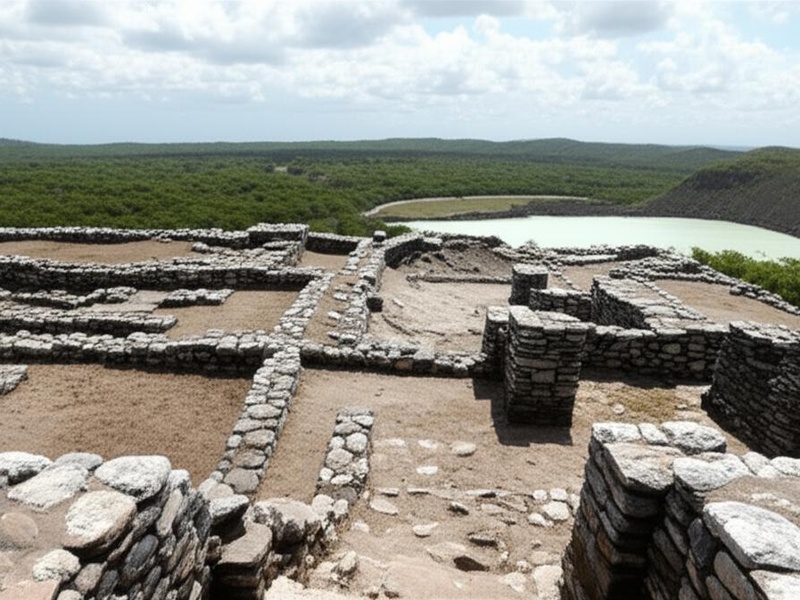
Agua Blanca
Archeological park and community museum on the coast with pre-Hispanic artifacts and salt flats. Demonstrates coastal indigenous life and craftwork. Includes nature trails and cultural exhibits.
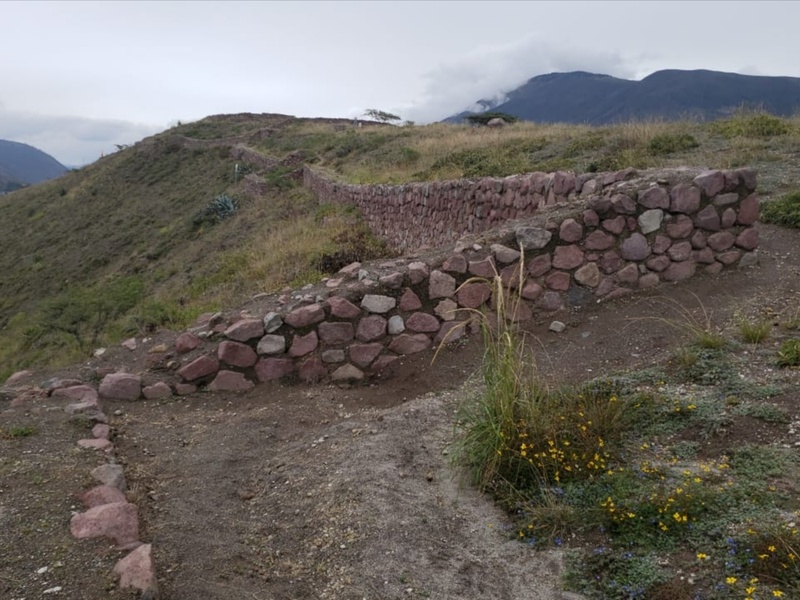
Rumicucho
Pre-Inca and Inca fortress site near Quito with stone terraces and viewpoints. Served as military and administrative post on trade routes. Offers short hikes and ruins to explore.
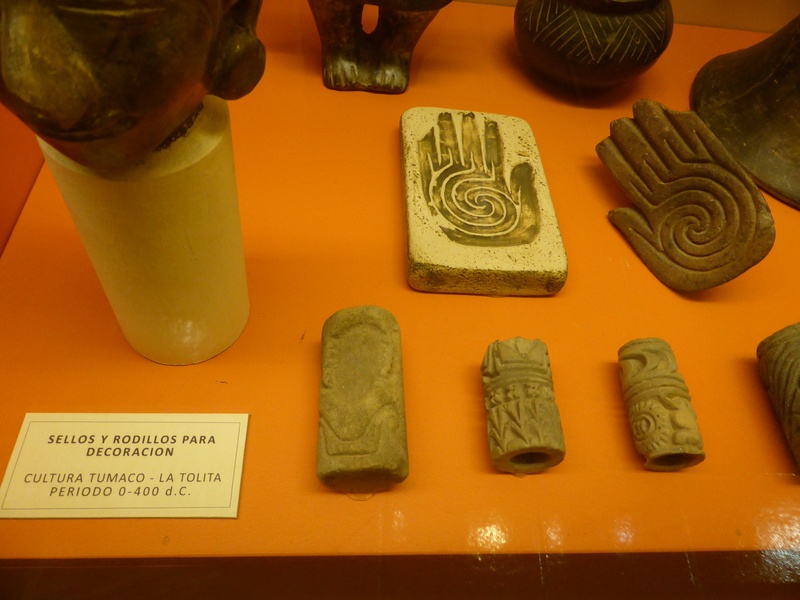
La Tolita Pampa de Oro
Archaeological zone known for gold work and ceramic art from the Tolita culture. Highlights coastal pre-Columbian metallurgy and iconography. Provides insight into early craftsmanship.

Real Alto
Pre-Hispanic settlement site near Manabí with remains of houses and tools. Reflects ancient coastal village life and trade. Supports study of early agricultural and social systems.
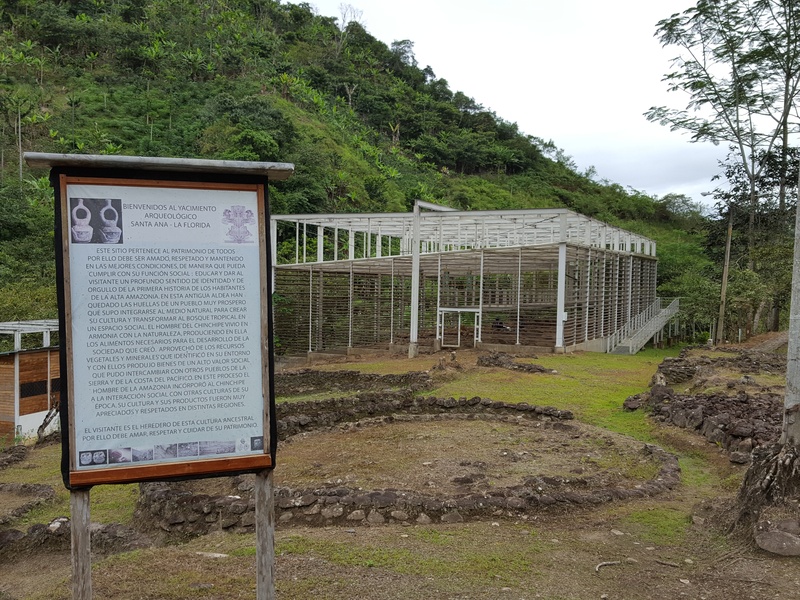
Santa Ana-La Florida
Historic neighborhood in Guayaquil with colonial houses and river views. Displays early urban development along the Guayas River. Holds cultural memory of port life.
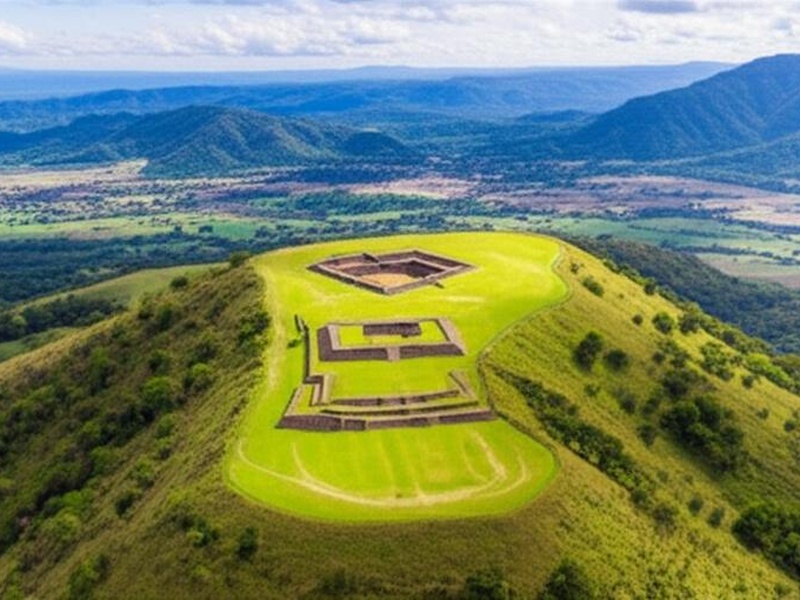
Cerro Jaboncillo
Hill site with archaeological remains and old mining activity. Shows regional historic land use and pre-Hispanic occupation. Functions as a local heritage landmark.
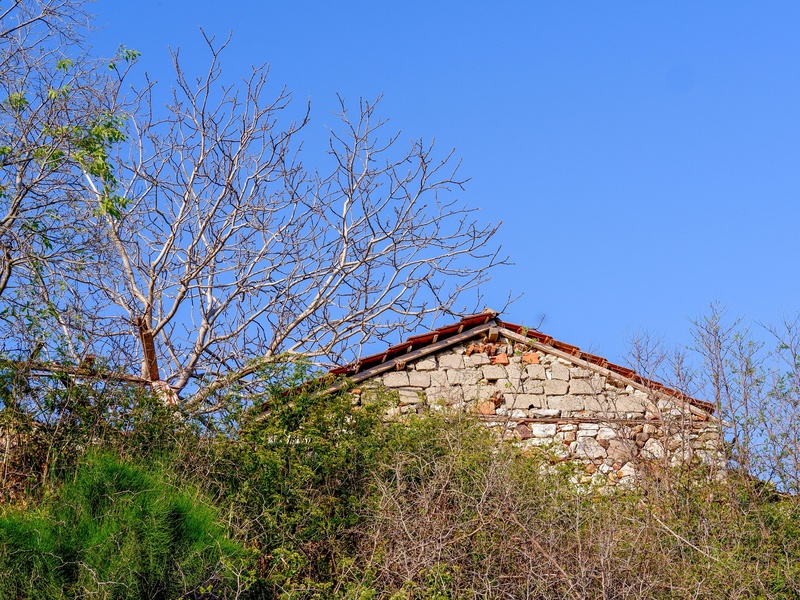
Hacienda Zuleta
Historic highland estate with preserved colonial hacienda, outbuildings, and breeding farms. Demonstrates agricultural history and elite rural life in the Andes. Often open for tours and lodging.
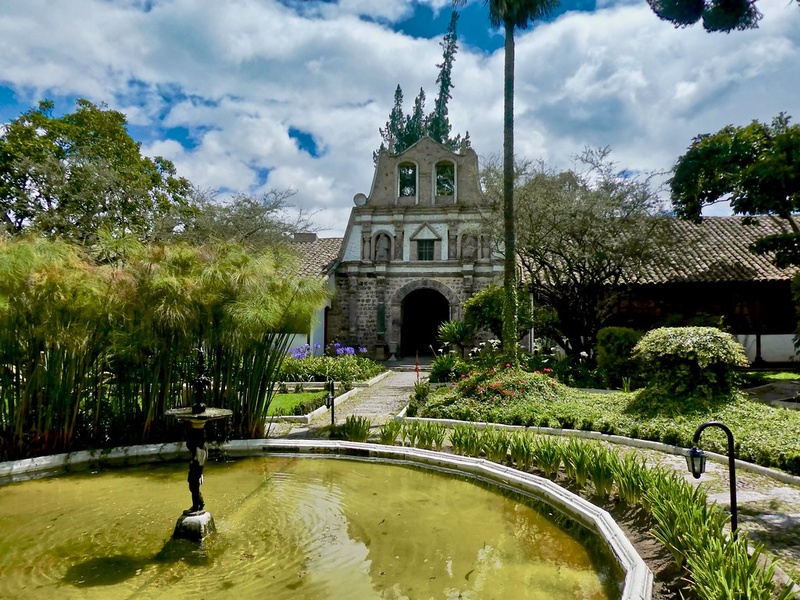
Hacienda La Ciénega
Colonial-era hacienda showcasing traditional architecture and rural economy. Reflects landholding patterns and agricultural history. Serves as an example of hacienda culture.
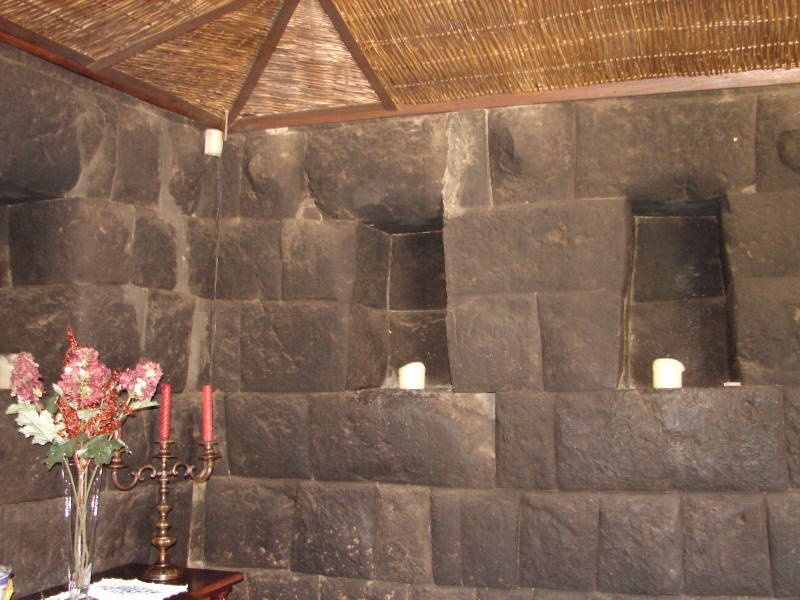
Hacienda San Agustín de Callo
Restored hacienda with colonial buildings near Quito and Inca heritage on the property. Combines Spanish-era architecture with pre-Columbian sites. Functions as a cultural tourism venue.
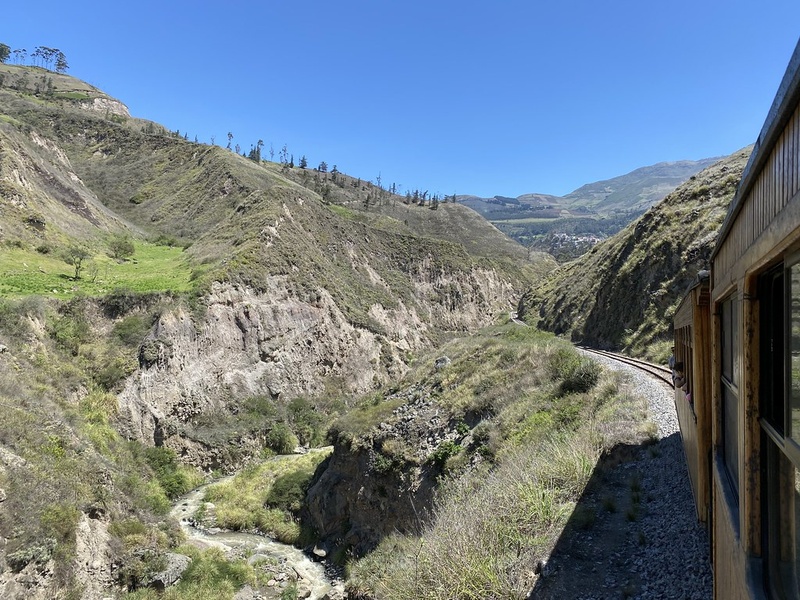
Nariz del Diablo Train Route
Steep mountain railway famous for its switchbacks and engineering feats. Runs through dramatic Andean landscapes and historic rail infrastructure. Represents transport history and scenic travel.
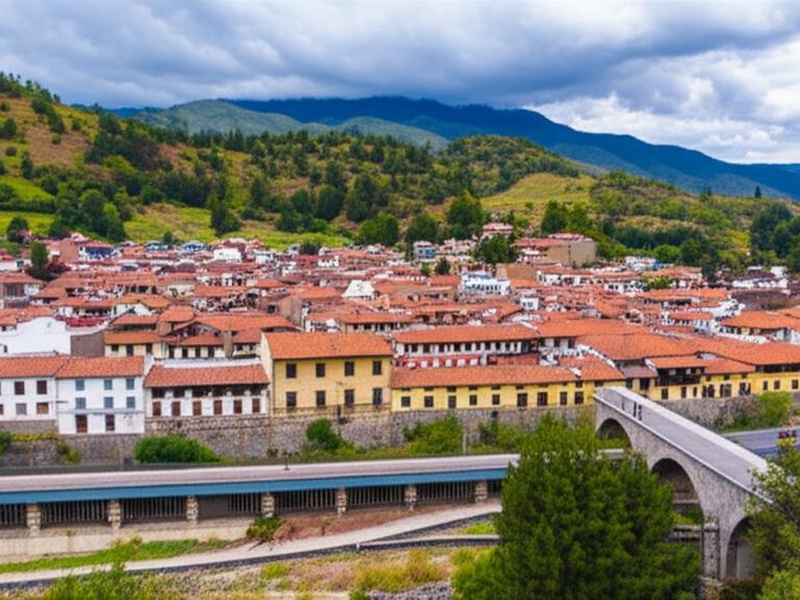
El Vado Neighborhood
Historic riverside district in Guayaquil tied to trade and shipbuilding. Preserves old warehouses and port-related architecture. Reflects maritime and commercial history.
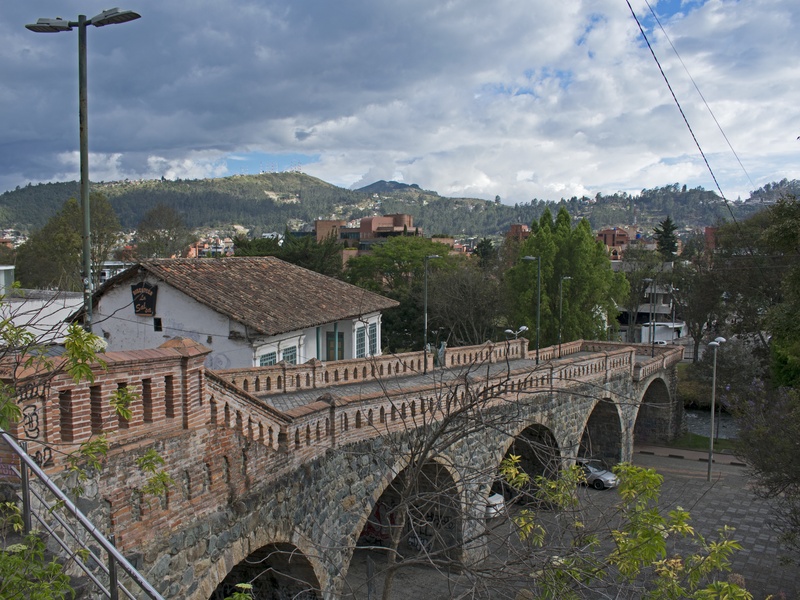
Puente Roto
Ruined bridge site with historical significance for local transport and floods. Marks changing river courses and urban development. Holds memory of past infrastructure and city growth.
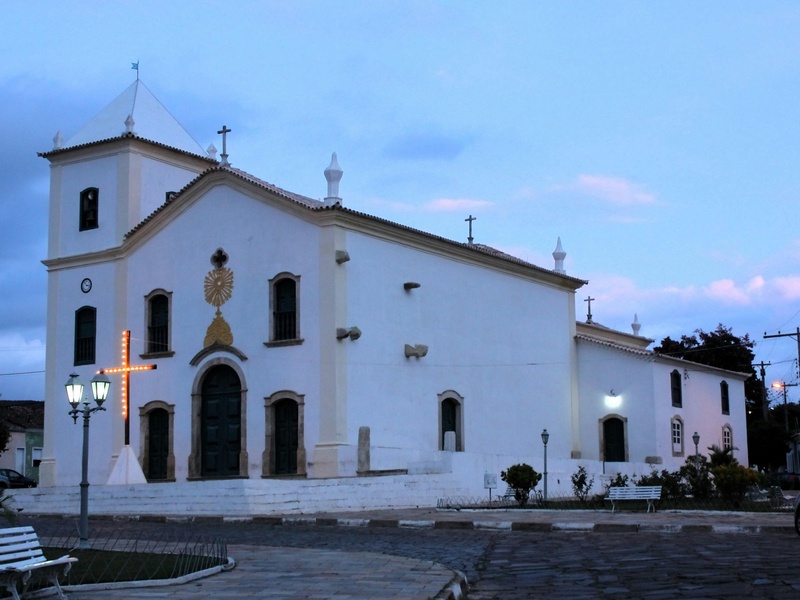
Monasterio de El Carmen de la Asunción
Colonial monastery complex with church, cloisters, and art collections. Represents monastic life and religious architecture. Preserves period frescoes and religious artifacts.
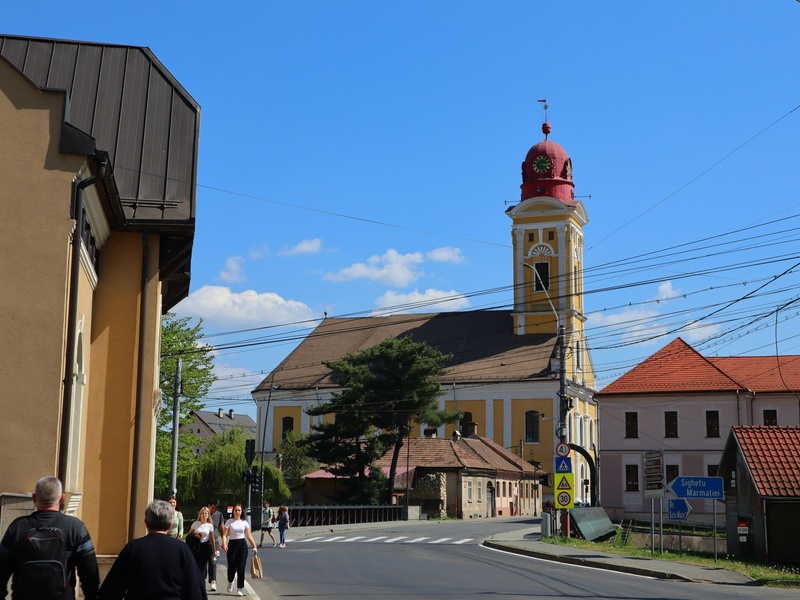
Zaruma Historic Town
Mountain mining town with wooden facades, narrow streets, and colonial layout. Reflects gold mining history and Spanish-era urbanism. Retains strong local heritage character.
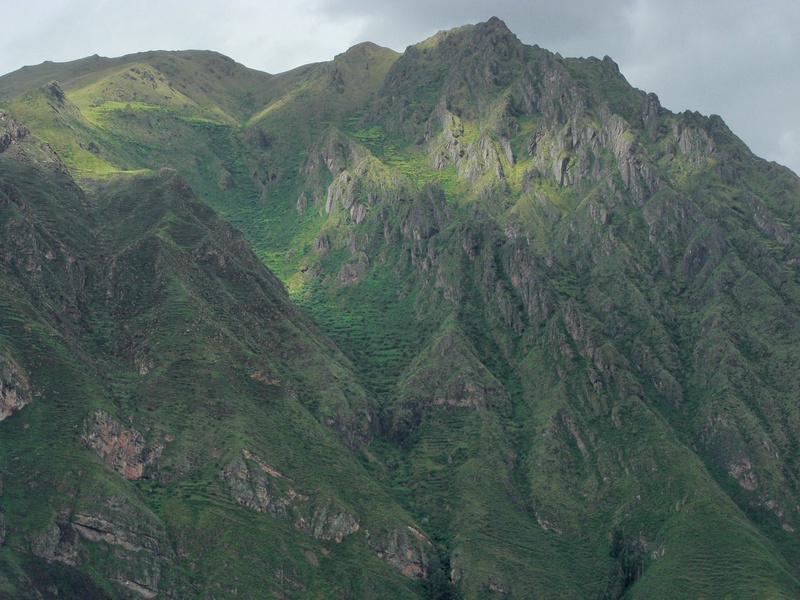
Vilcabamba Valley
Valley known for ancient settlements and long-lived local traditions. Hosts ruins, old trails, and pre-Hispanic remains. Also noted for cultural continuity and natural setting.
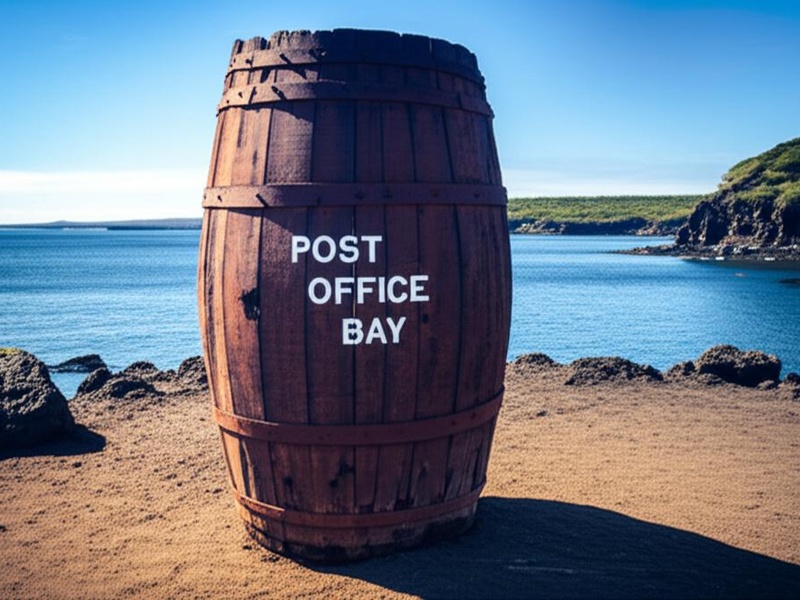
Post Office Bay
Historic Galápagos site used by sailors to exchange mail boxes before formal postal services. Reflects maritime history and informal communication networks. Holds a unique place in island lore.

Wall of Tears
Stone wall built by prisoners on Isabela Island in Galápagos during penal times. Serves as a grim reminder of past prison labor and conditions. Stands as a human-rights historical site.
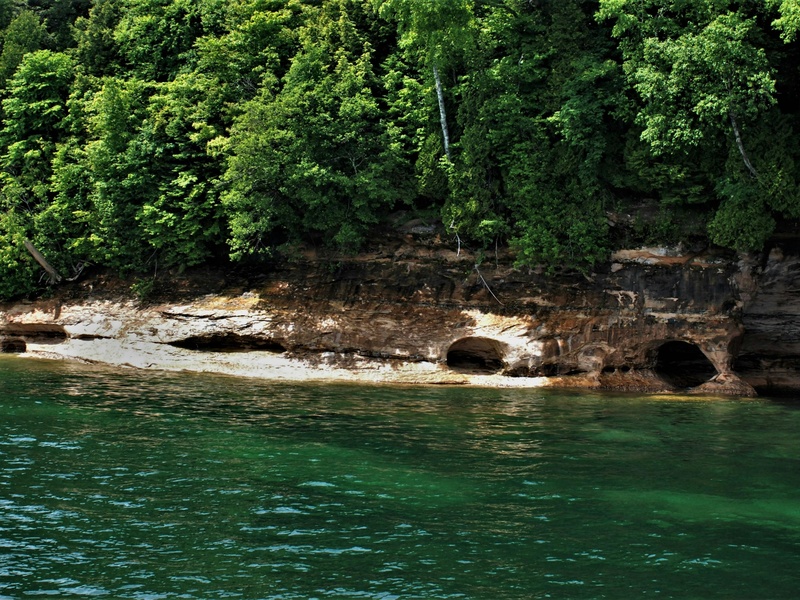
Tagus Cove
Historic anchorage in the Galápagos with petroglyphs and Darwin-era landing spots. Shows early visitor marks and navigational history. Offers scenic cliffs and historic graffiti.
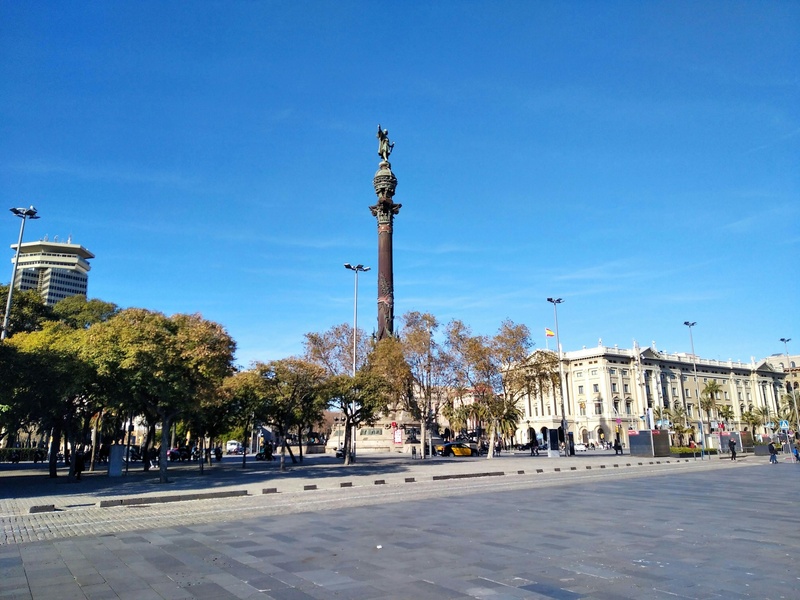
Plaza de San Sebastián
Historic plaza with colonial surroundings and local markets. Functions as a community and ceremonial space. Anchors social life in its town or neighborhood.
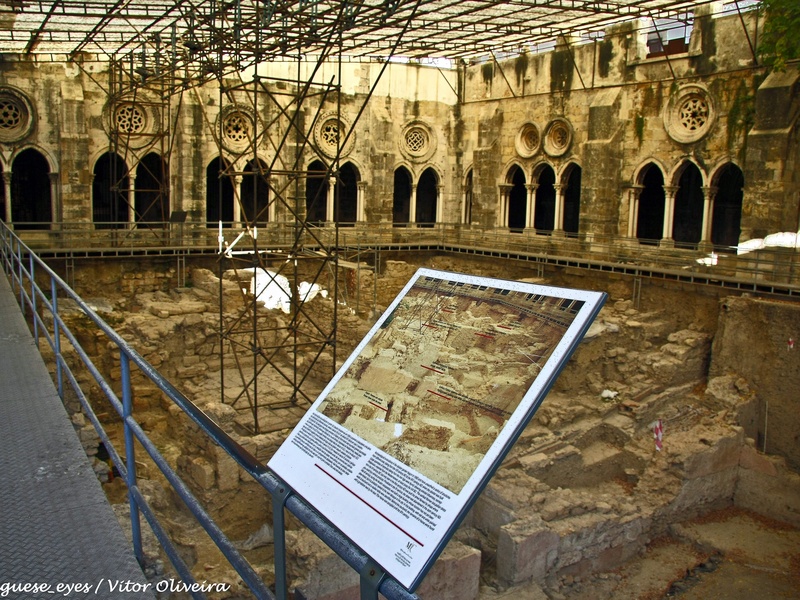
Catedral de Loja
Main cathedral of Loja city known for its architecture and religious role. Represents regional religious history and cultural events. Serves as a landmark in southern Ecuador.
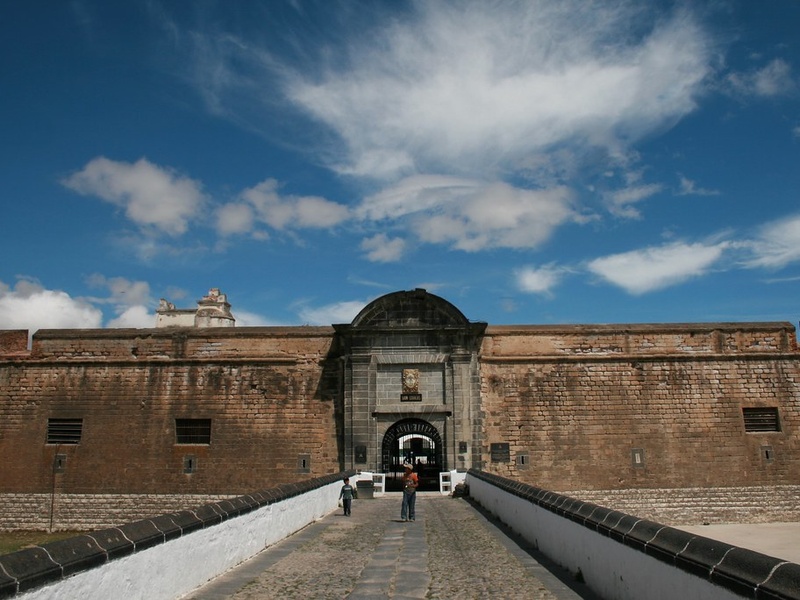
Fuerte de San Carlos
Coastal fortification built to defend ports and trade routes from pirates and invaders. Shows military architecture and colonial maritime strategy. Preserves cannons and fort walls.
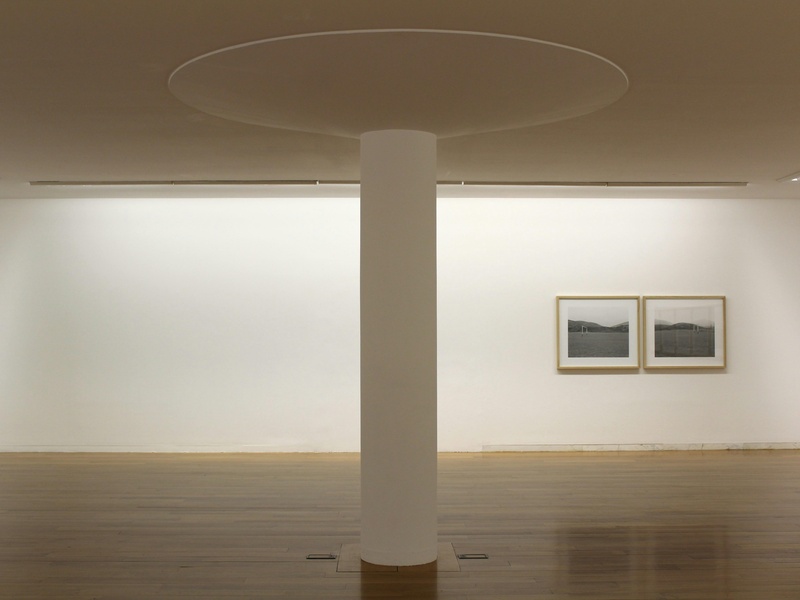
Centro de Arte Contemporáneo
Cultural center housed in a historic building hosting modern art and exhibitions. Marries historic architecture with contemporary culture. Acts as a civic arts hub.
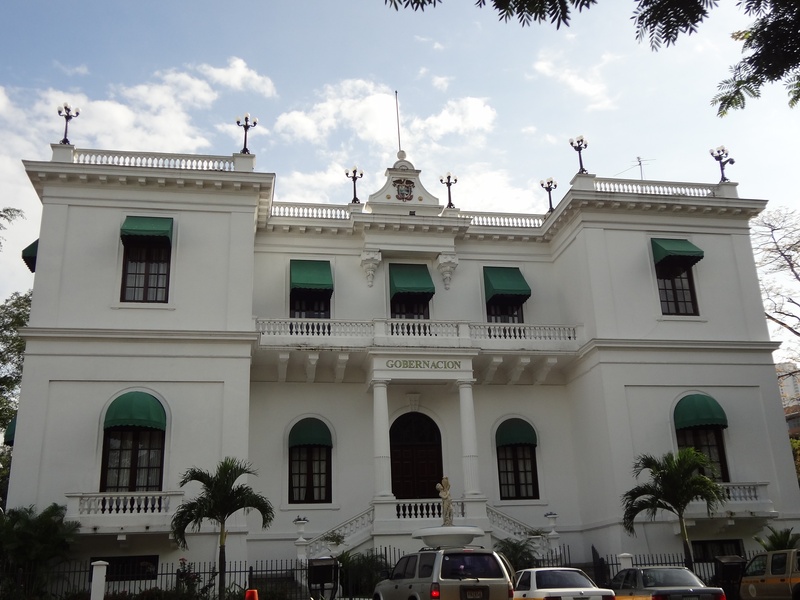
Palacio de La Gobernación
Government palace with colonial or republican architecture in a regional capital. Reflects administrative history and civic power. Often sits on or near the main plaza.
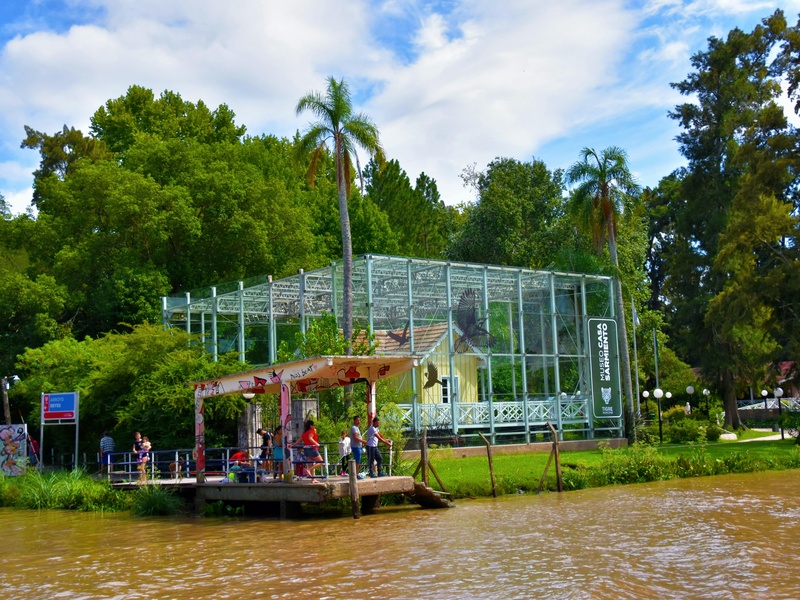
Yaku Parque Museo del Agua
Water museum and park in Quito dedicated to water history and ecology. Uses interactive exhibits in a restored historic site. Highlights water’s cultural and environmental role.
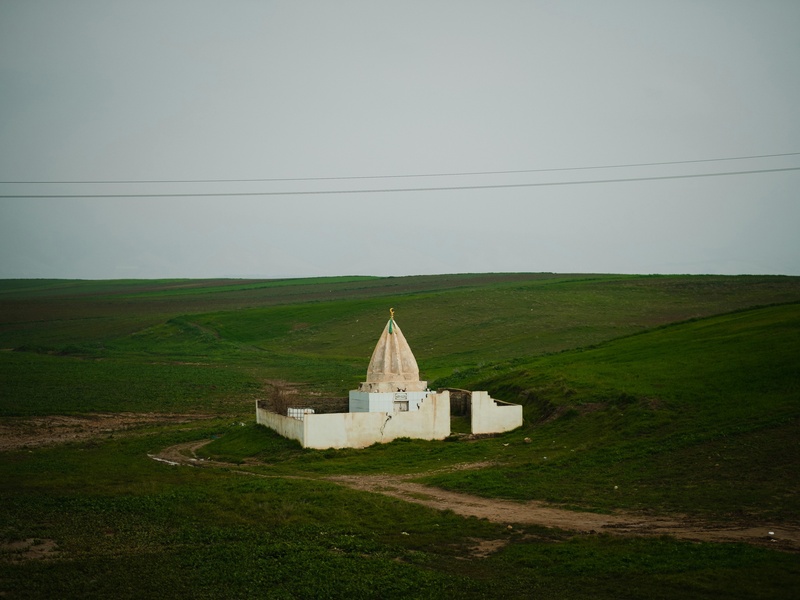
Old Geodesic Mission Monument
Monument marking geodesic surveys and scientific expeditions near the equator. Commemorates early scientific mapping and measurement. Reflects Ecuador’s role in geodesy.
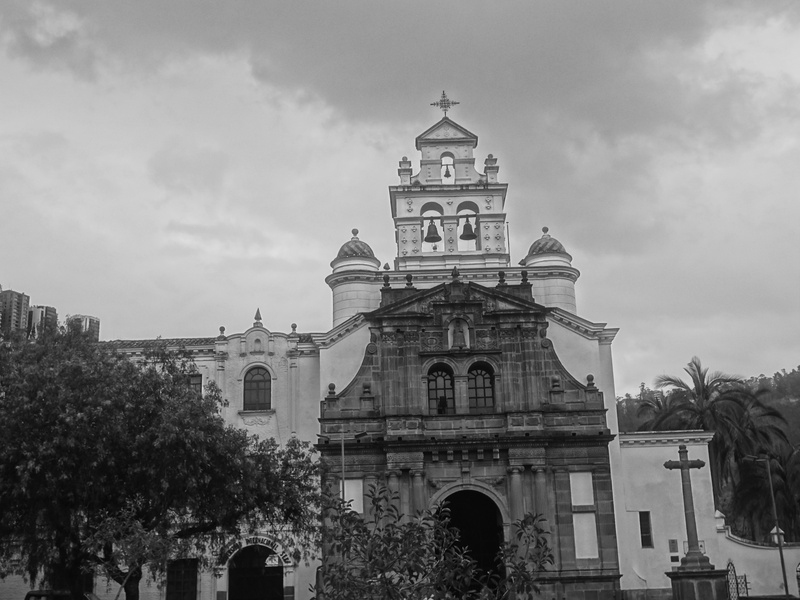
Iglesia de Guápulo
Hilltop church near Quito with colonial architecture and pilgrimage history. Hosts religious festivals and offers city views. Represents rural devotional sites within urban reach.
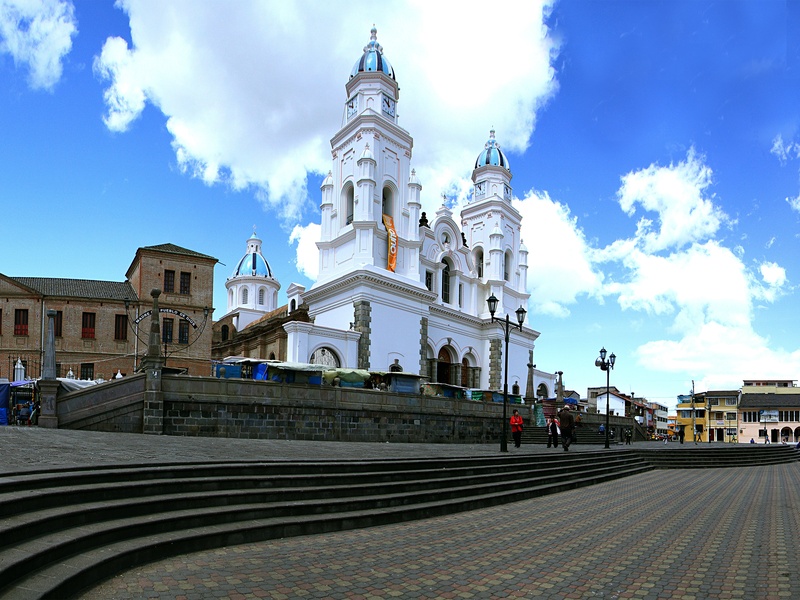
Santuario de El Quinche
Major Marian shrine and pilgrimage site outside Quito with colonial origins. Holds strong religious significance and annual pilgrimages. Embodies rural-urban devotional traditions.
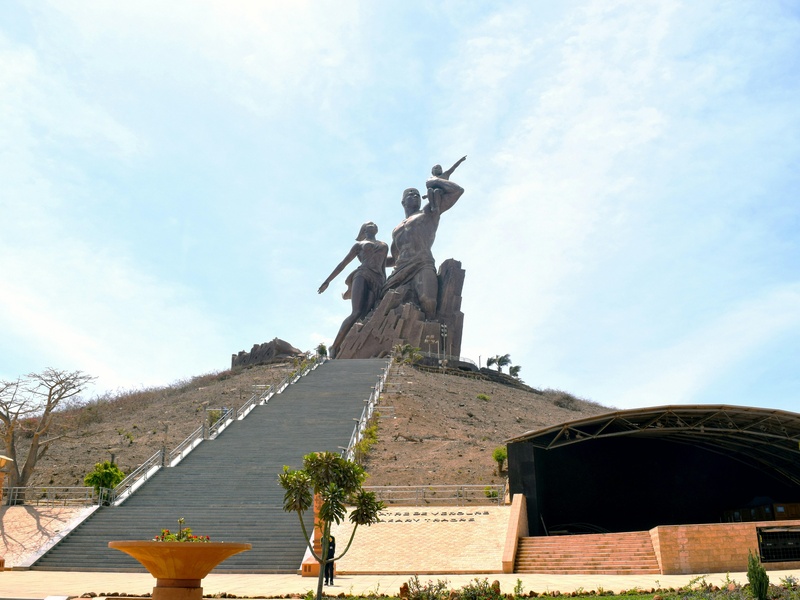
Mitad del Mundo Monument
Monument marking the equatorial line near Quito and celebrates geographic identity. Hosts museums and exhibits about the equator. Acts as a modern tourist and cultural landmark.
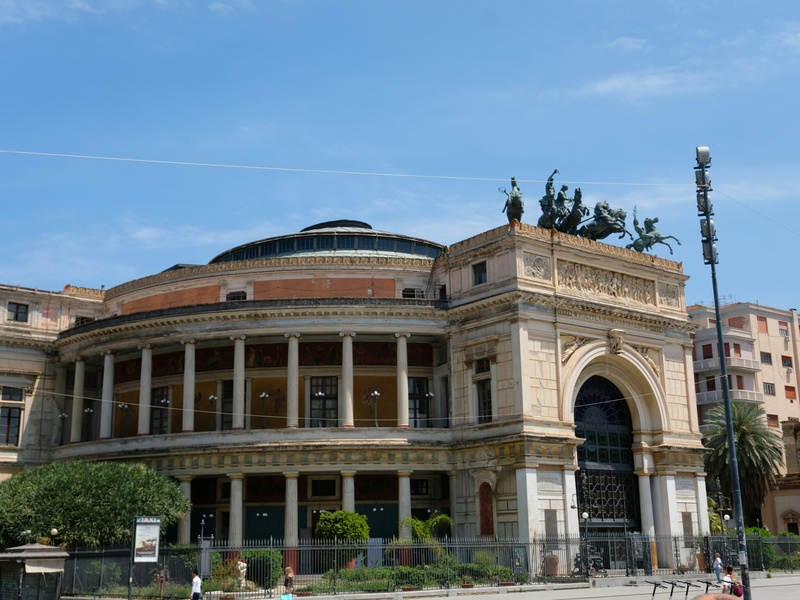
Museo de la Ciudad
City museum preserving urban history, artifacts, and colonial displays. Documents civic life, architecture, and daily routines over time. Housed in a historic building in Quito.
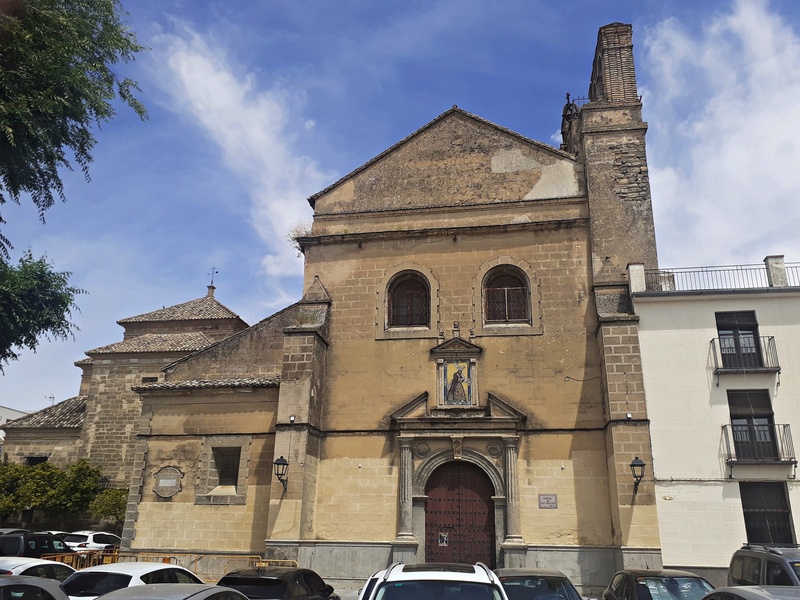
Convento de San Agustín
Augustinian convent complex with cloister, murals, and historic rooms. Represents monastic influence and religious art. Preserves documents and religious objects.
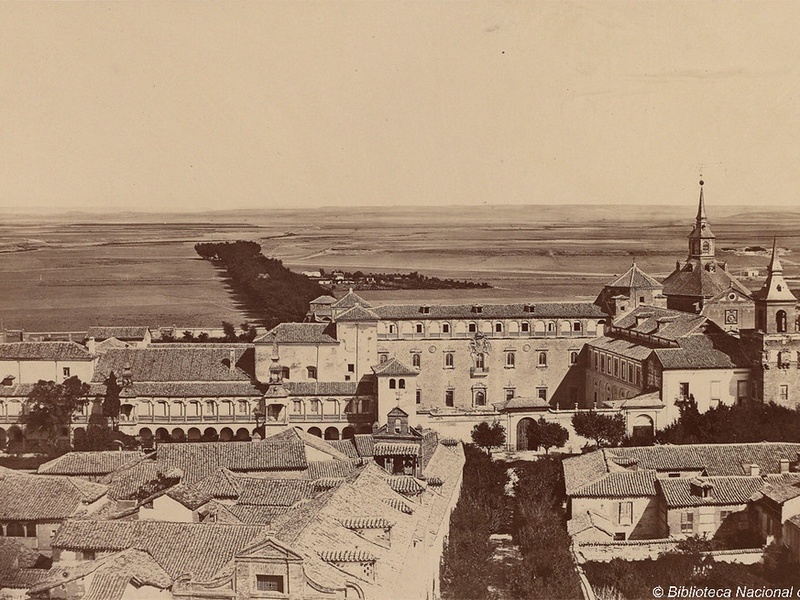
Palacio Arzobispal
Arches and formal palace serving as the archbishop’s residence and office. Shows ecclesiastical power and colonial architecture. Often contains religious art and archives.
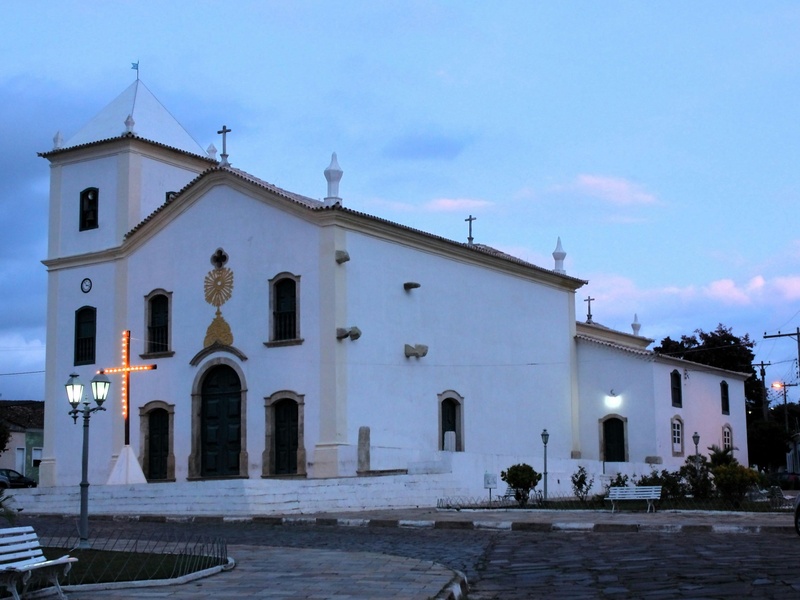
Iglesia de El Sagrario
Historic chapel known for ornate altars and baroque decoration adjacent to main cathedral. Reflects liturgical art and devotional practice. Complements the city’s religious ensemble.
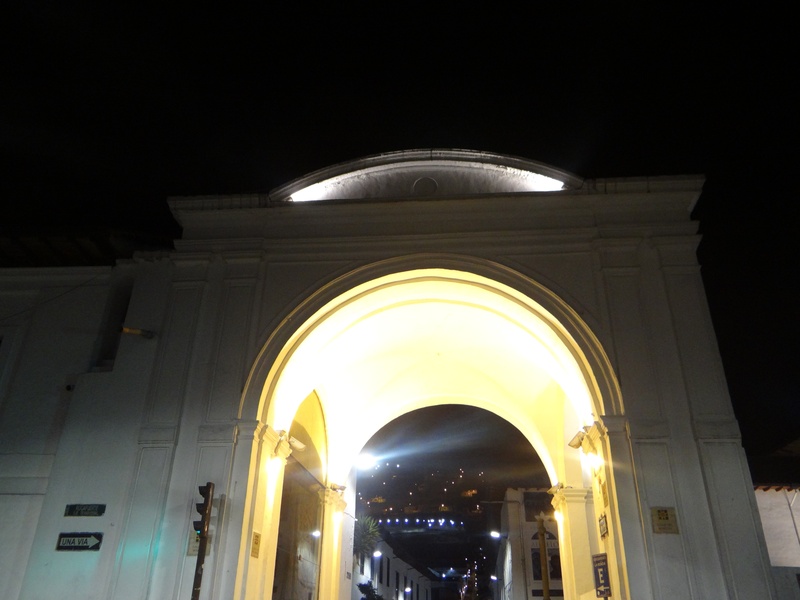
Arco de la Reina
Triumphal arch or gateway marking a historic entrance or plaza. Symbolizes civic memory and urban milestones. Serves as a photographic and meeting point.
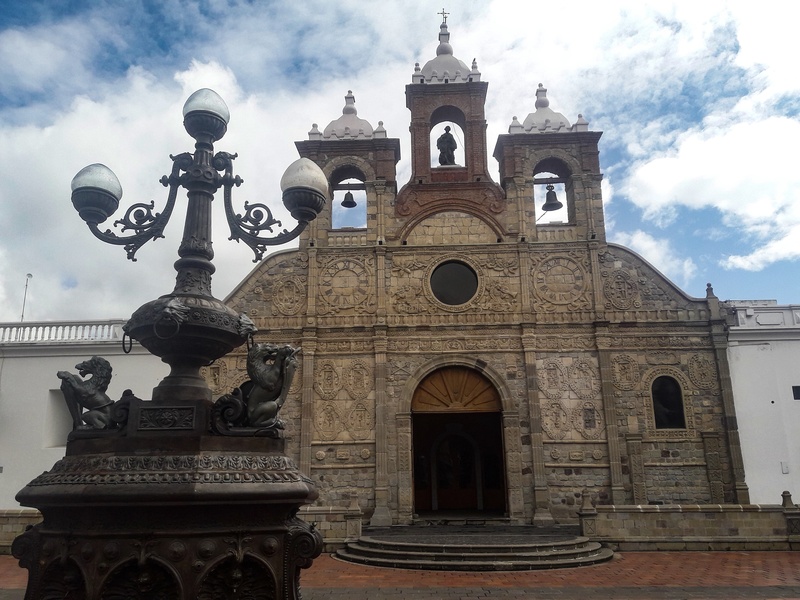
Catedral de San Pedro de Riobamba
Main cathedral of Riobamba with colonial and republican history. Reflects rebuilding after earthquakes and resilience of civic structures. Serves as regional religious center.
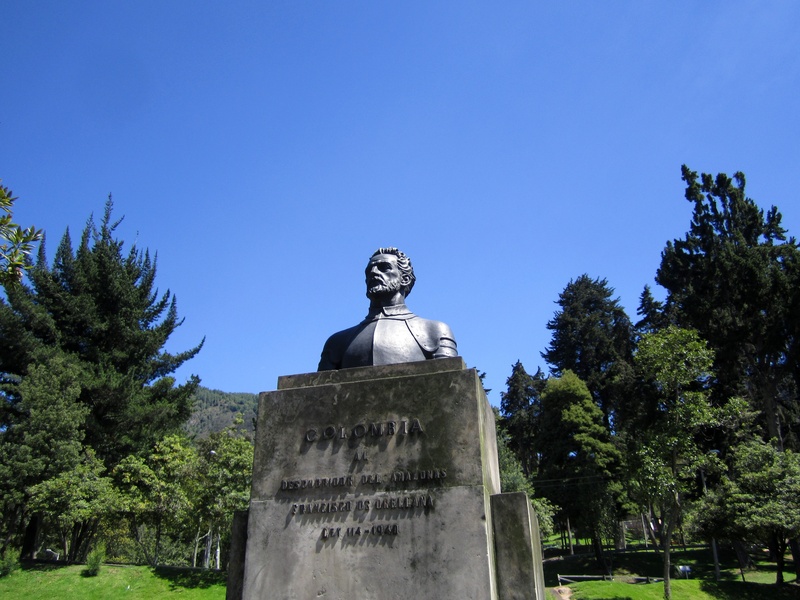
Parque Maldonado
Historic urban park with monuments and nearby heritage buildings. Acts as a public green space and cultural meeting place. Holds local history markers and memorials.
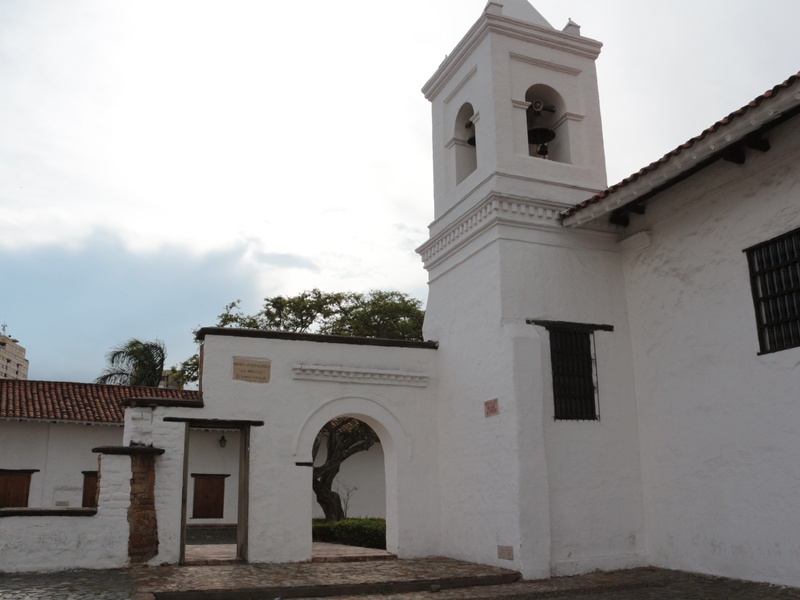
Iglesia La Merced
Colonial church noted for baroque façade and interior altarpieces. Represents religious orders’ presence and artistic heritage. Often houses significant colonial art.
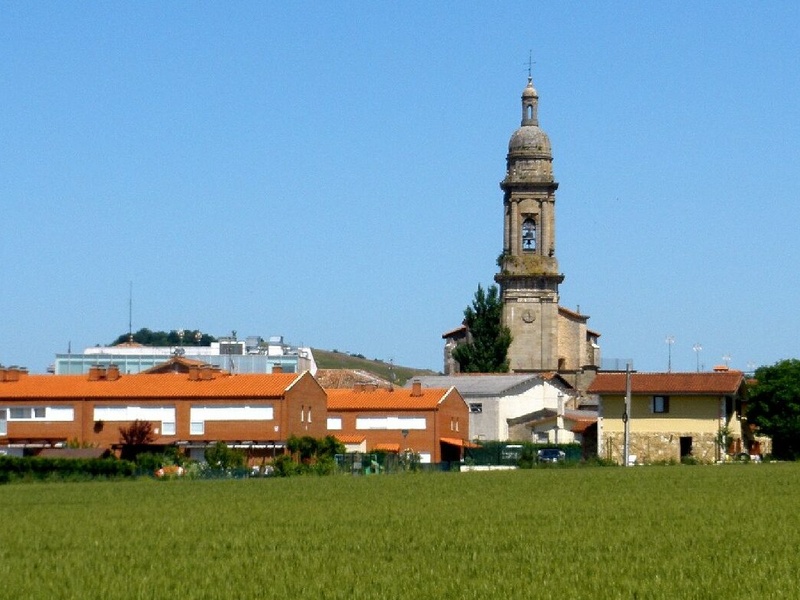
Iglesia de San Blas
Small historic church often linked to artisan neighborhoods. Reflects local devotional life and colonial architecture. Sits in a culturally rich area of the city.
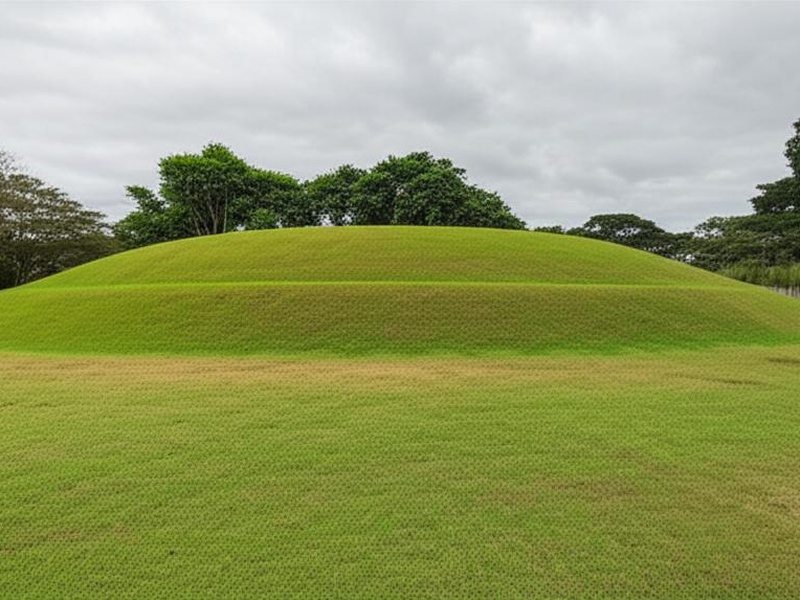
Termas de El Placer
Historic hot springs site valued for therapeutic waters and local leisure. Shows long-term use of thermal resources. Combines natural and social history.
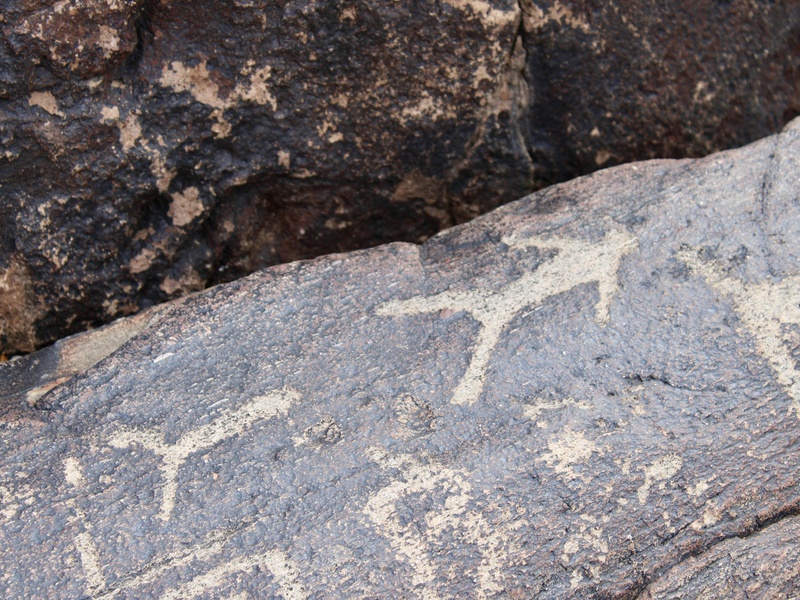
Petroglifos de Limón Indanza
Rock art site with ancient carvings showing symbolic motifs. Documents pre-Columbian beliefs and communication. Provides archaeological evidence of early inhabitants.
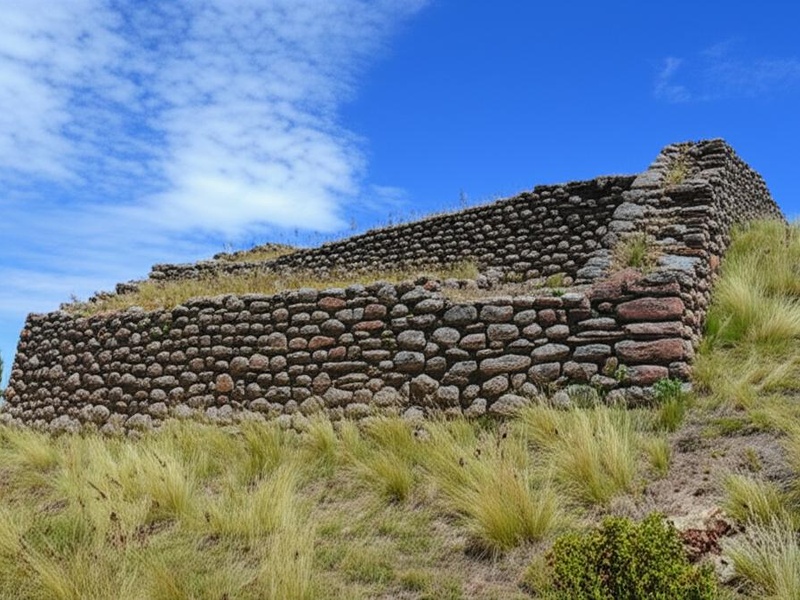
Cangahua Pucará
Fortified hilltop settlement made from volcanic stone with defensive terraces. Shows pre-Hispanic defensive strategies and settlement planning. Represents regional cultural history.
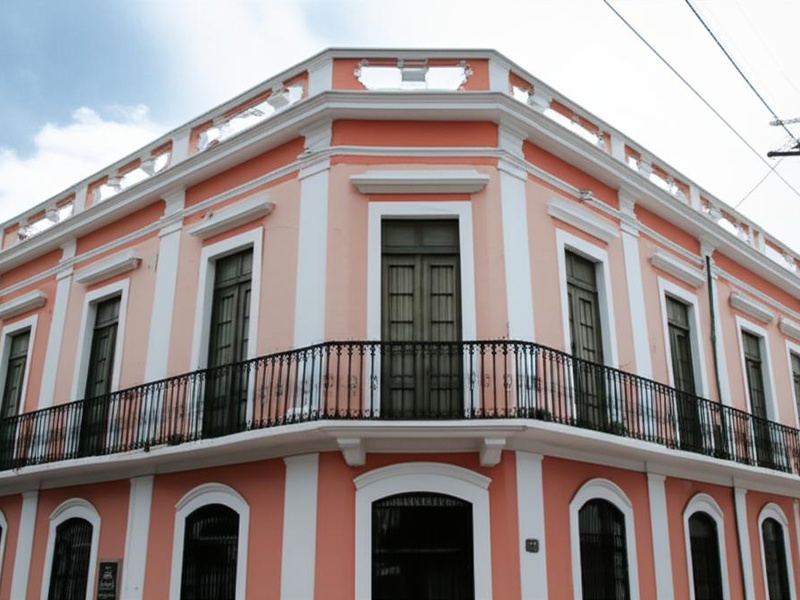
La Esquina del Coco
Historic corner or small plaza known for cultural gatherings and heritage shops. Reflects neighborhood identity and urban continuity. Serves as a micro-historical spot.
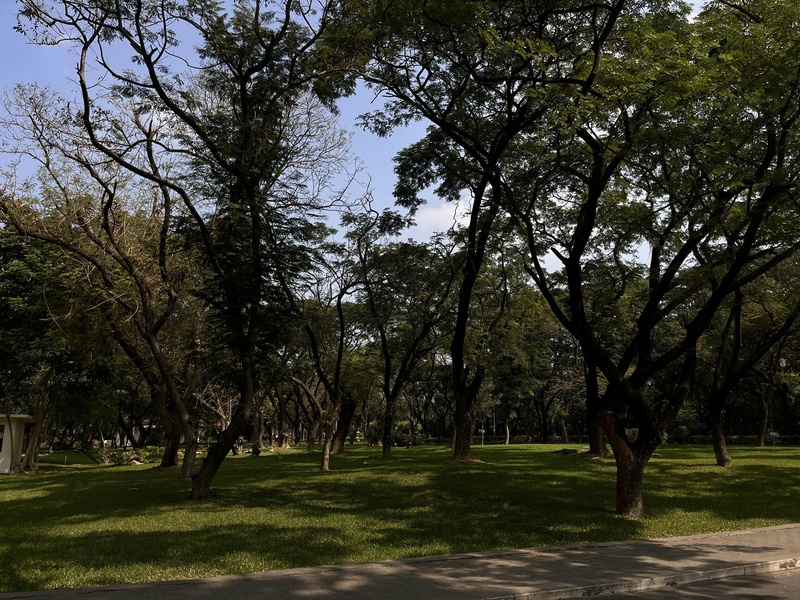
Parque Pedro Moncayo
Public park named for a historic figure with monuments and historic buildings nearby. Acts as a civic space and cultural landmark. Preserves urban memory.
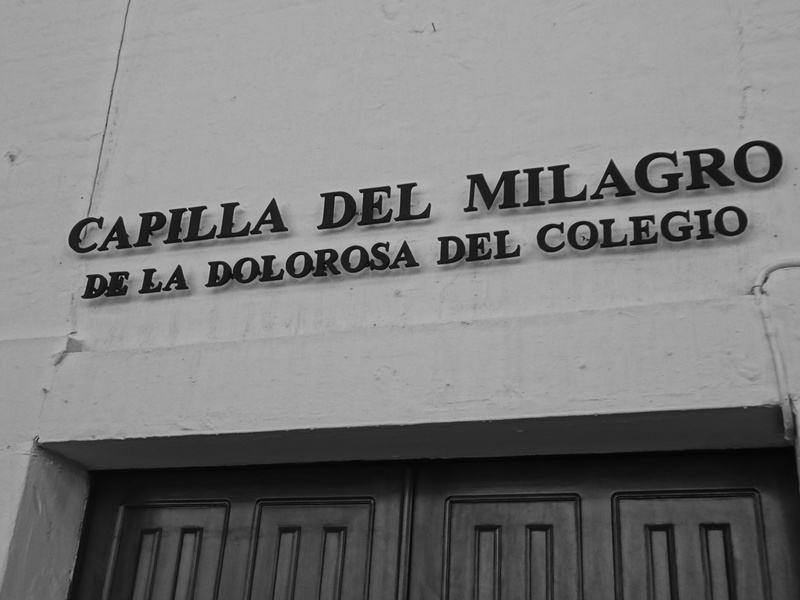
Iglesia La Dolorosa
Church dedicated to Our Lady of Sorrows with notable religious iconography. Shows local devotion and colonial-era architecture. Functions in community ritual life.
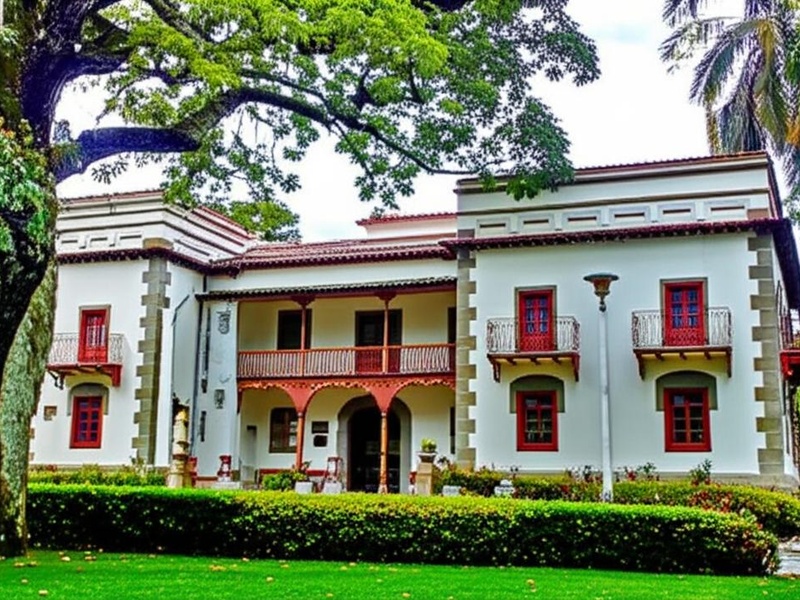
Quinta de Juan León Mera
Historic house and museum of writer Juan León Mera, author of the Ecuadorian anthem lyrics. Preserves period rooms and literary history. Reflects national cultural identity.

Casa de Montalvo
Historic residence tied to local elite or notable figures. Shows domestic architecture and social history. Often operates as a museum or cultural site.
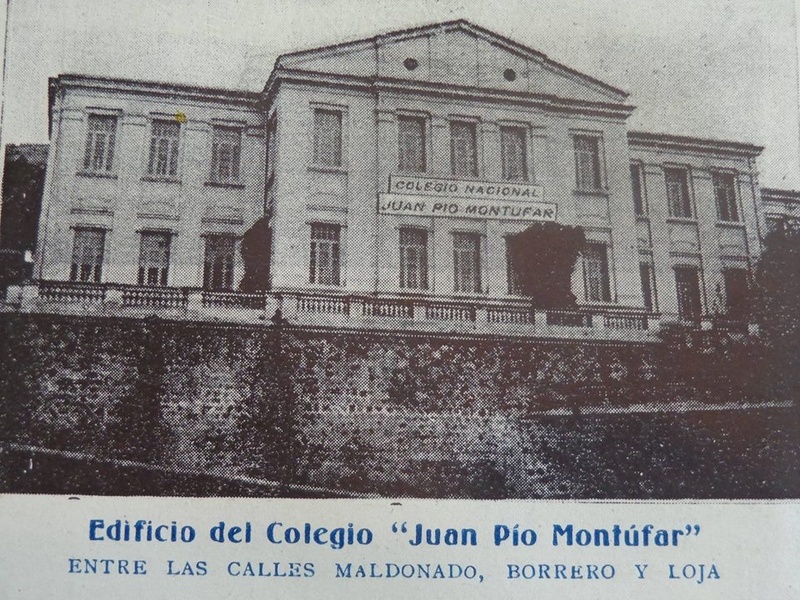
Colegio Nacional Maldonado
Historic school building with educational legacy and colonial roots. Represents the history of public education and civic formation. Retains architectural and institutional memory.
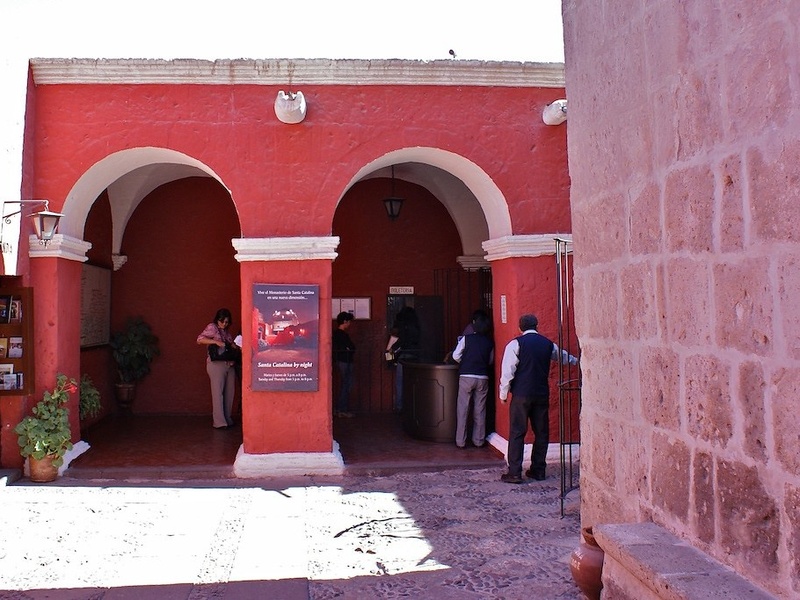
Monasterio de Santa Catalina de Siena
Convent complex with cloistered spaces and religious art. Reflects female monastic life and colonial piety. Preserves archives and sacred objects.
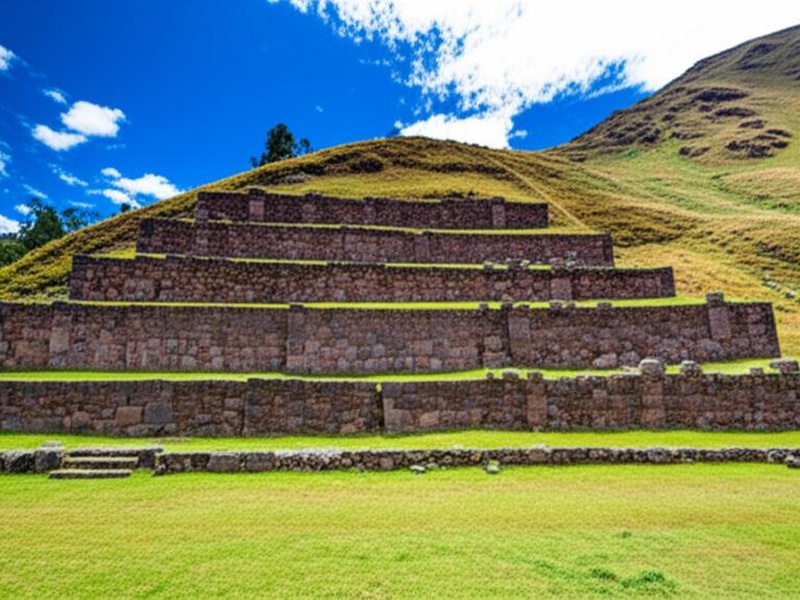
Ingapirca de Ojos Negros
Smaller Inca or pre-Inca site related to the main Ingapirca complex, with stone structures and terraces. Shows regional spread of Andean architecture. Adds depth to Inca-era studies.
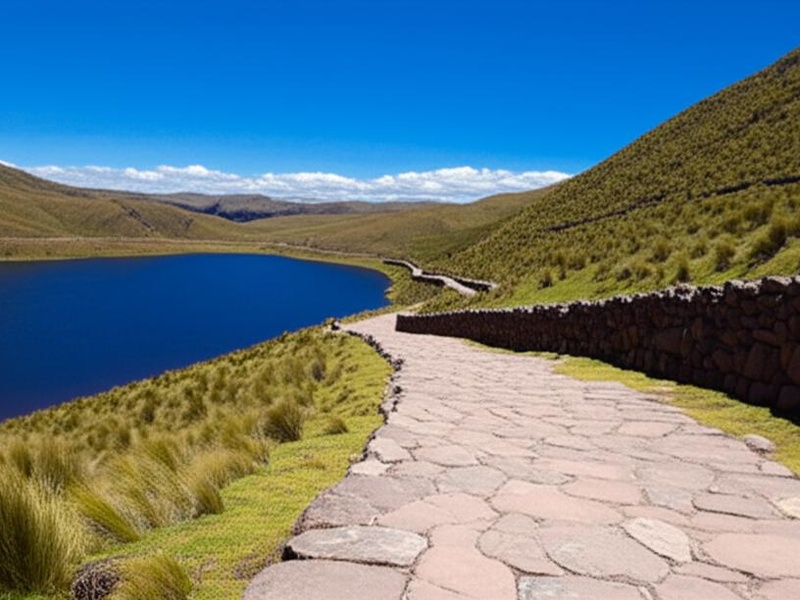
Camino del Inca (Culebrillas)
Segment of the Inca road with stone paving and switchbacks called Culebrillas. Illustrates Inca engineering and route systems. Provides a tangible trace of Andean connectivity.
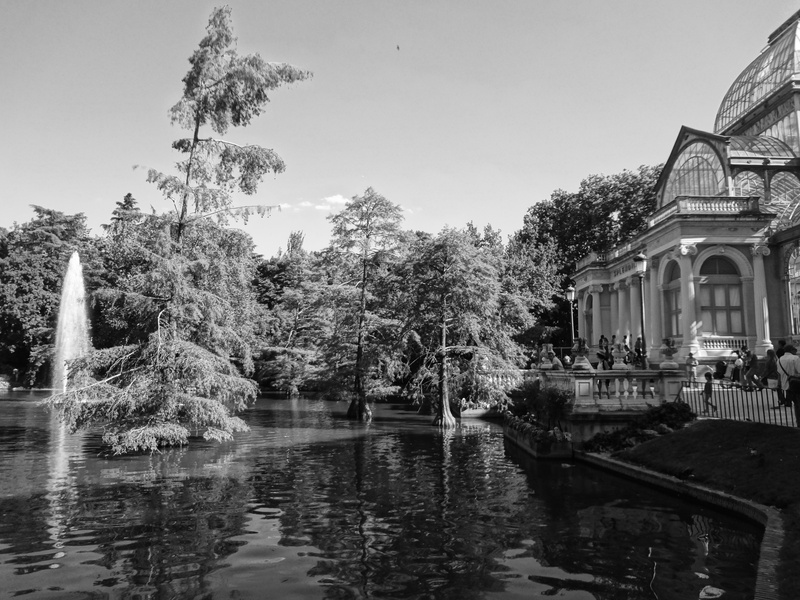
Palacio de Cristal
Historic glass-and-iron pavilion used for exhibitions and public events. Reflects 19th–20th-century architectural tastes and civic display. Serves cultural and historical functions.
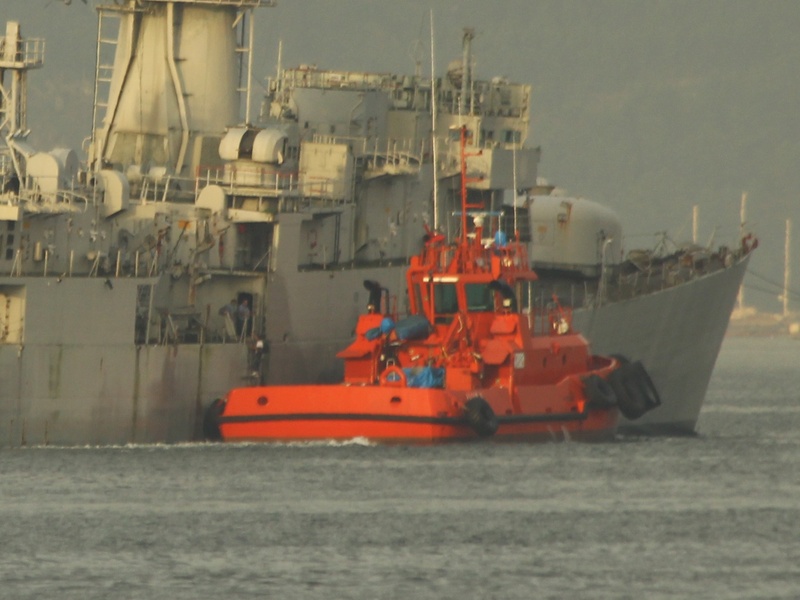
Barrio del Astillero
Old shipyard neighborhood with maritime heritage and historic buildings. Marks the city’s shipbuilding and port economy. Preserves working-class urban history.
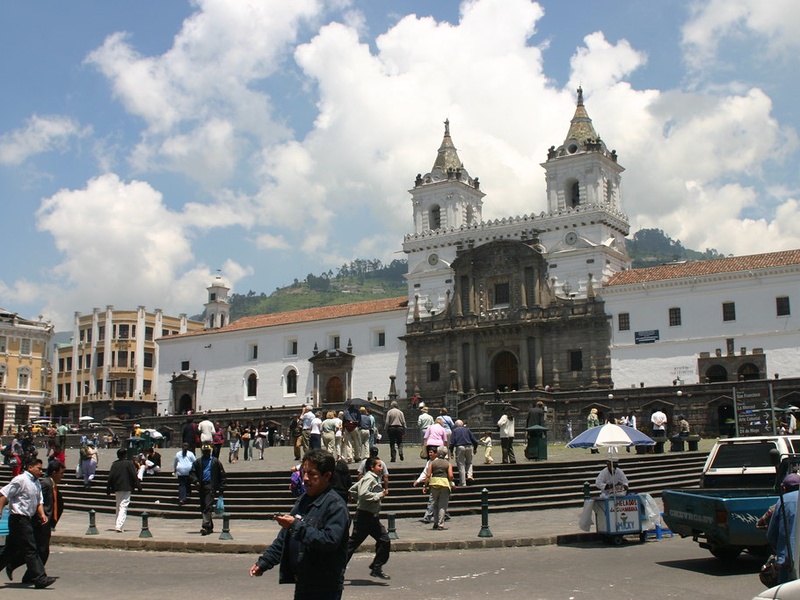
Iglesia de San Francisco
Another major San Francisco church complex with deep colonial roots. Hosts art, relics, and a museum. Acts as an architectural and religious anchor.
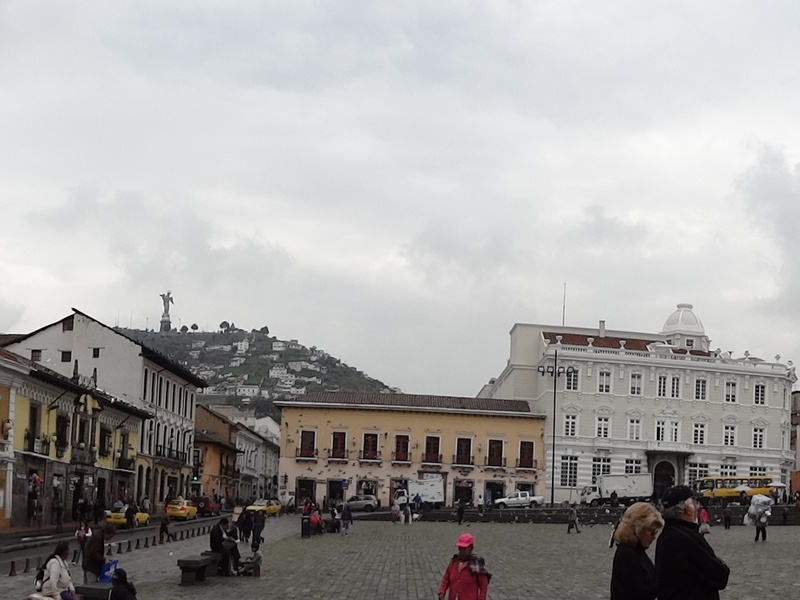
Plaza de San Francisco
Square adjacent to the San Francisco church that forms a historic urban ensemble. Serves as a public meeting and market space. Holds cultural and religious events.
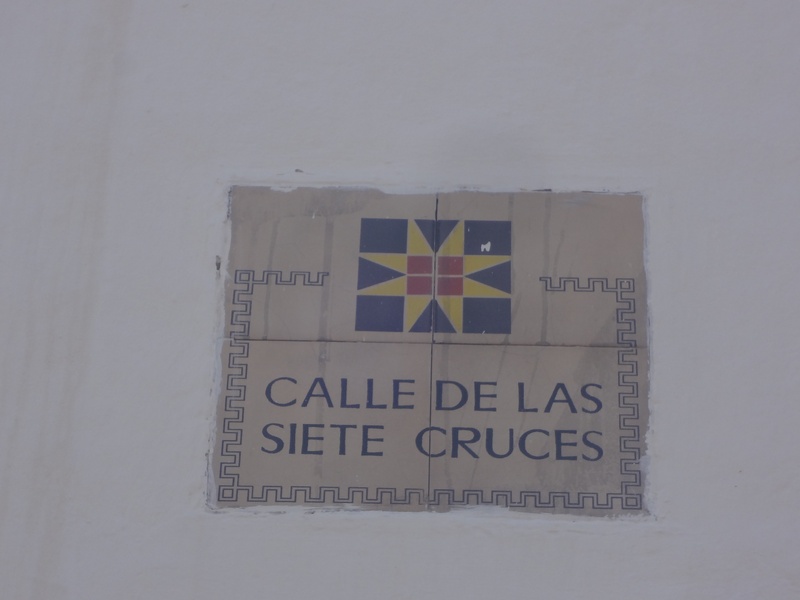
Calle de las Siete Cruces
Historic street named for seven crosses or chapels along its path. Represents devotional urban routes and colonial memory. Often preserves period houses and markers.
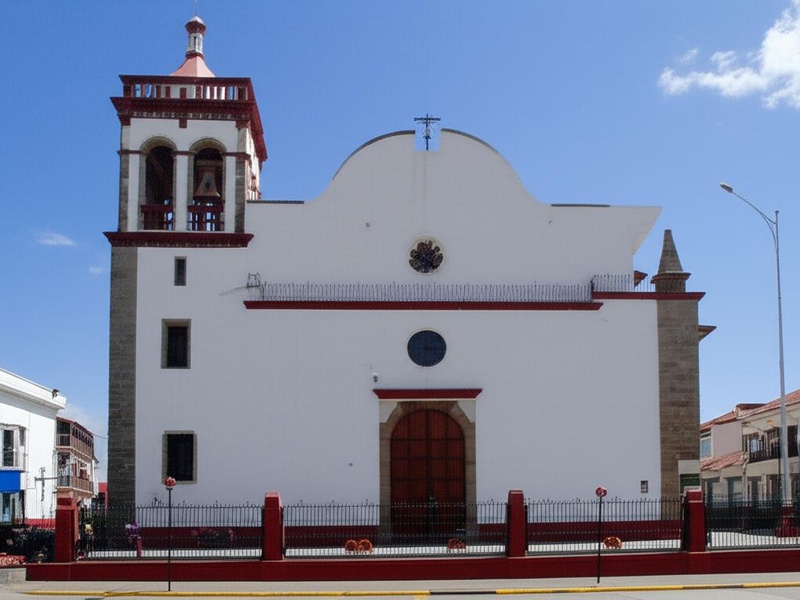
Santuario del Bom Jesus de Pomasqui
Rural shrine with strong local devotion and pilgrimage history. Blends indigenous and Catholic traditions. Functions as a spiritual landmark outside the city.
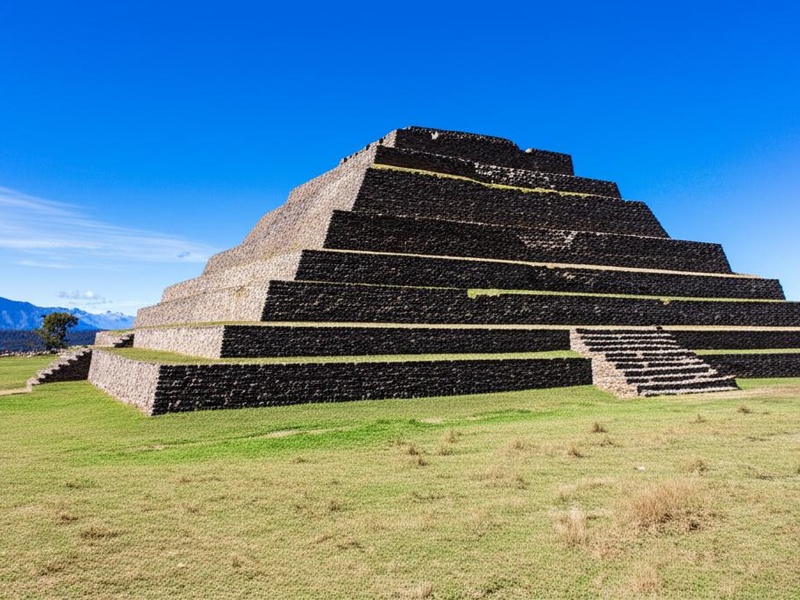
Pirámides de Puntiachil
Pre-Hispanic pyramid structures with ceremonial and burial uses. Show coastal or highland ancient construction and ritual practice. Provide insights into ancient societies.
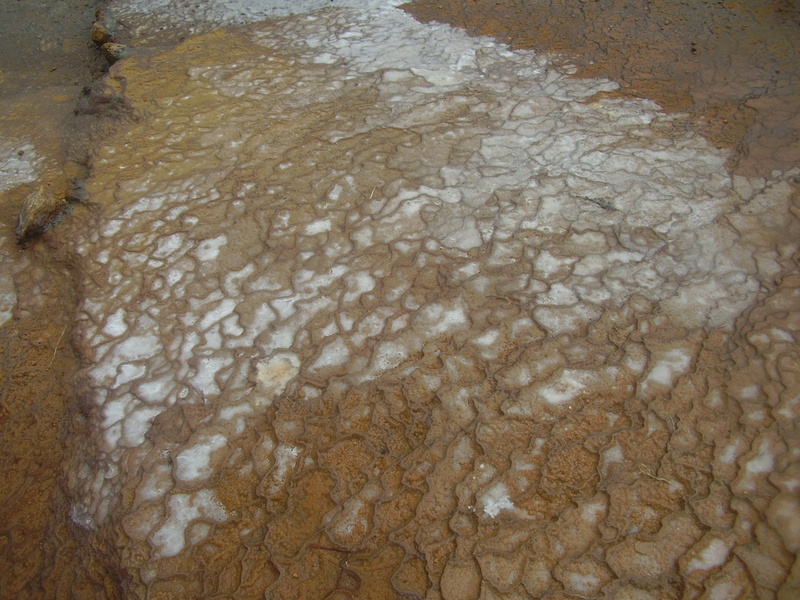
Salinas de Guaranda
Historic salt flats and associated community used for salt extraction and trade. Reflects pre-industrial resource use and local economies. Holds cultural landscape value.
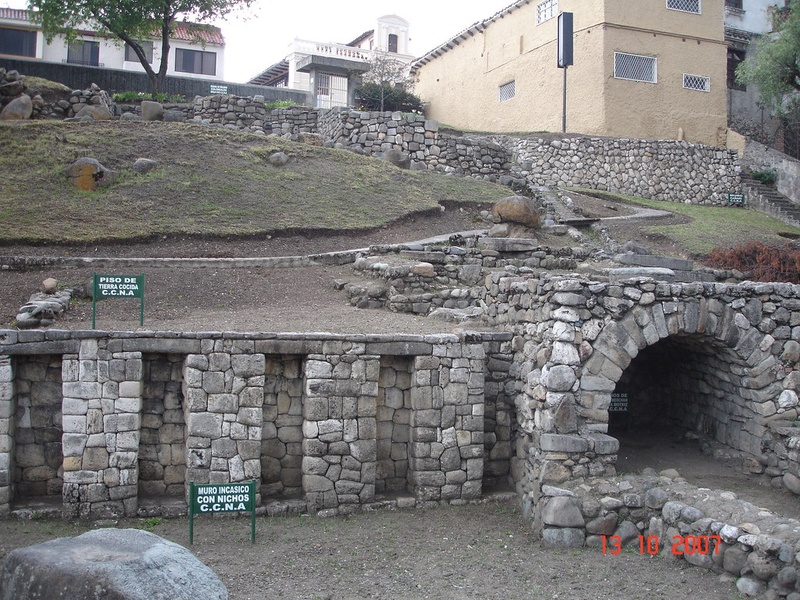
Ruinas de Todos Santos
Archaeological ruins with foundations and artifacts from early settlements. Mark religious or civic functions in pre- and colonial times. Serve as study sites for local history.
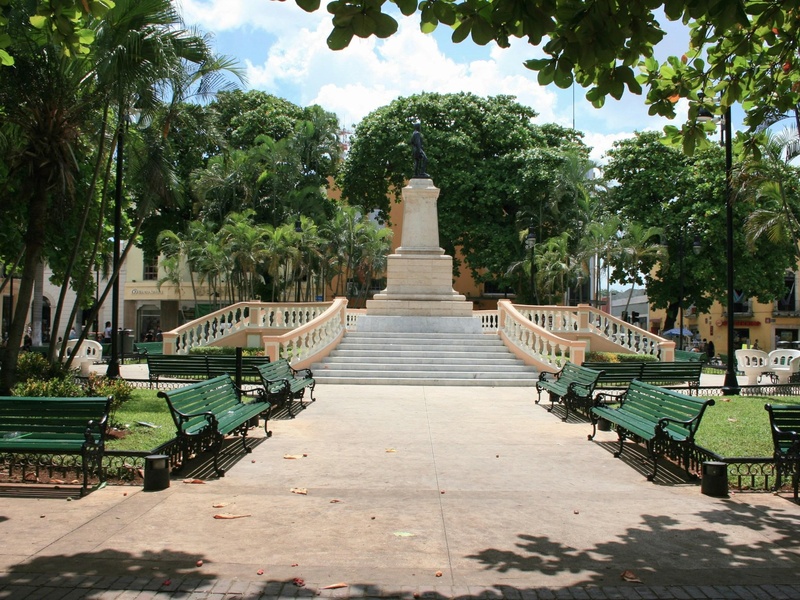
Plaza Cívica de Manta
Main civic square in Manta with monuments and municipal buildings. Serves as focal point for civic life and public ceremonies. Reflects modern and historic urban layers.
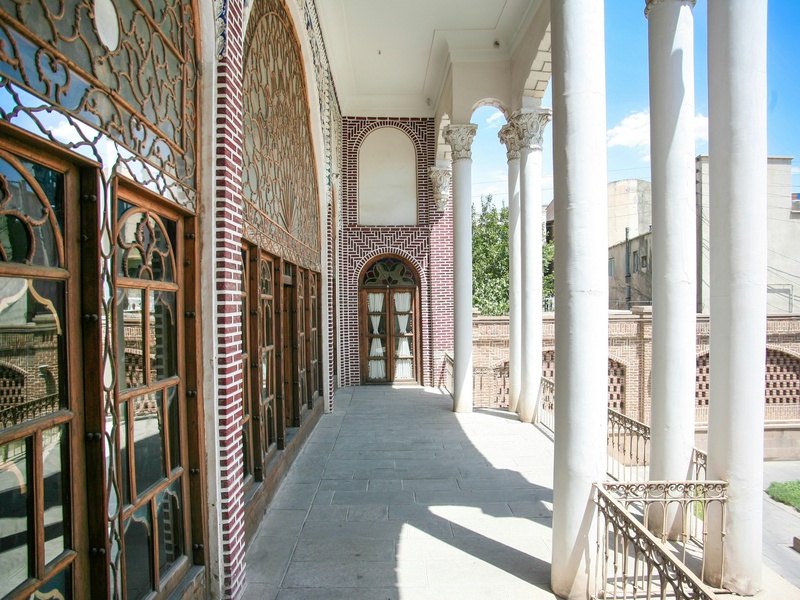
Museo Nahim Isaías
Historic house museum in Guayaquil with art collections and period rooms. Preserves family history and urban elite culture. Offers exhibits on decorative arts and local history.
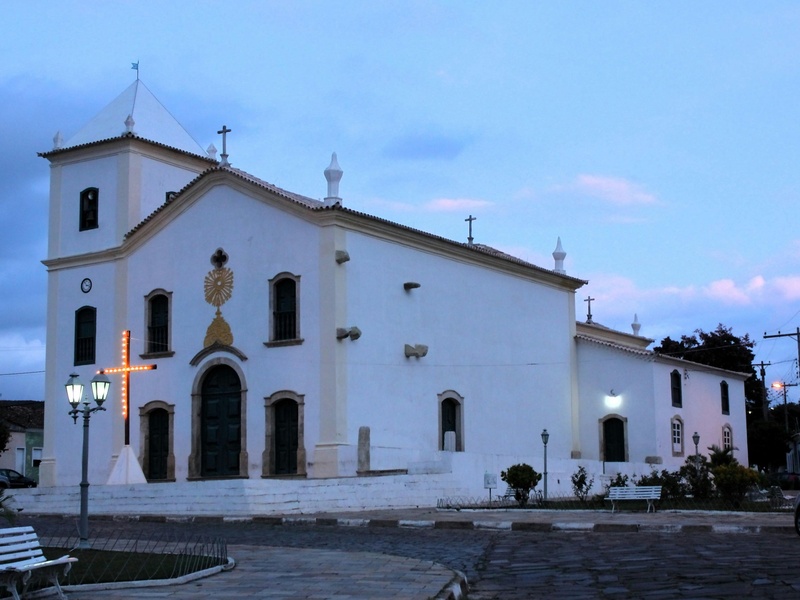
Monasterio de las Conceptas
Convent complex with cloisters and religious art in Quito. Reflects colonial female religious orders and patronage. Houses galleries and historical archives.
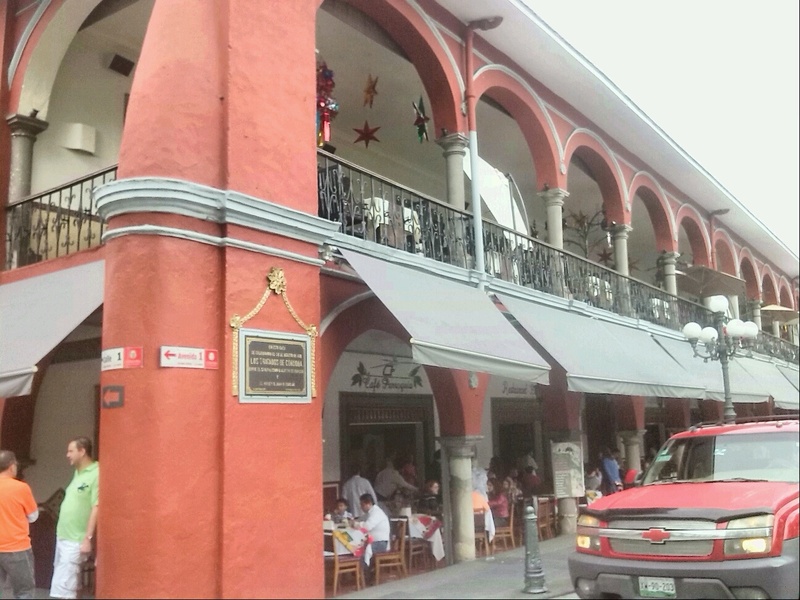
Casa de los Tratados
Historic house where treaties or important agreements were signed. Marks diplomatic and political history. Serves as a symbol of national or regional decisions.
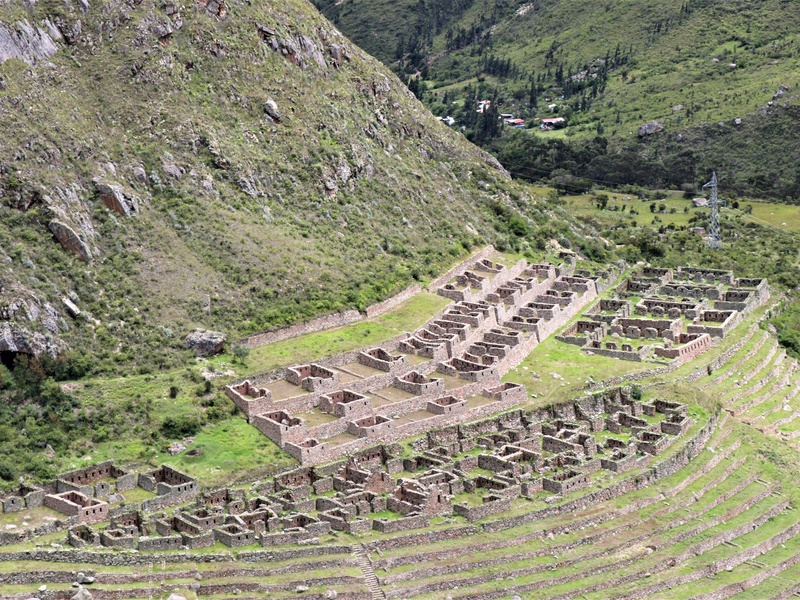
Baños del Inca en Coyoctor
Pre-Columbian thermal baths site used for healing and ritual. Shows ancient use of hot springs and health practices. Preserves stone pools and local legends.

Santuario de la Virgen del Cisne
Major Marian sanctuary in Loja province and site of large pilgrimages. Holds strong cultural and religious importance. Embodies regional devotion and tradition.
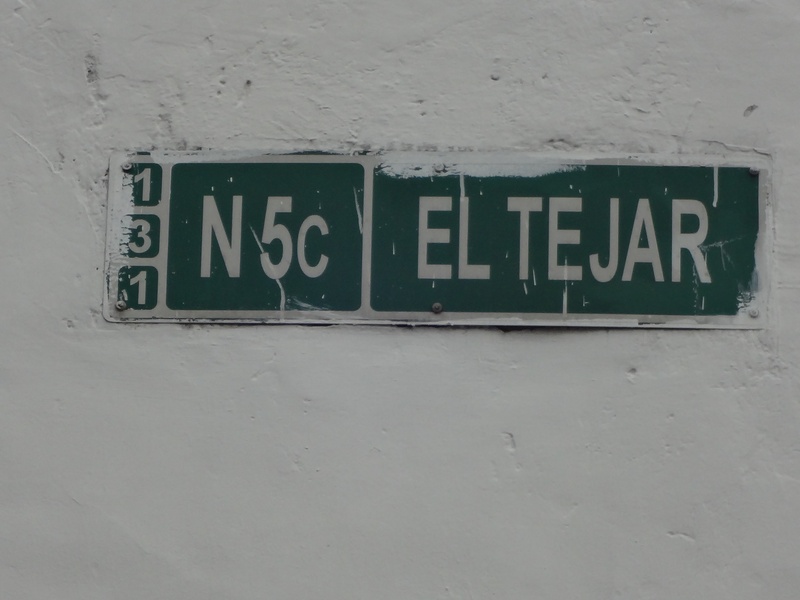
El Tejar
Historic pottery area or kiln district linked to ceramic production. Shows craft traditions and local industry. Preserves artisanal heritage and production sites.
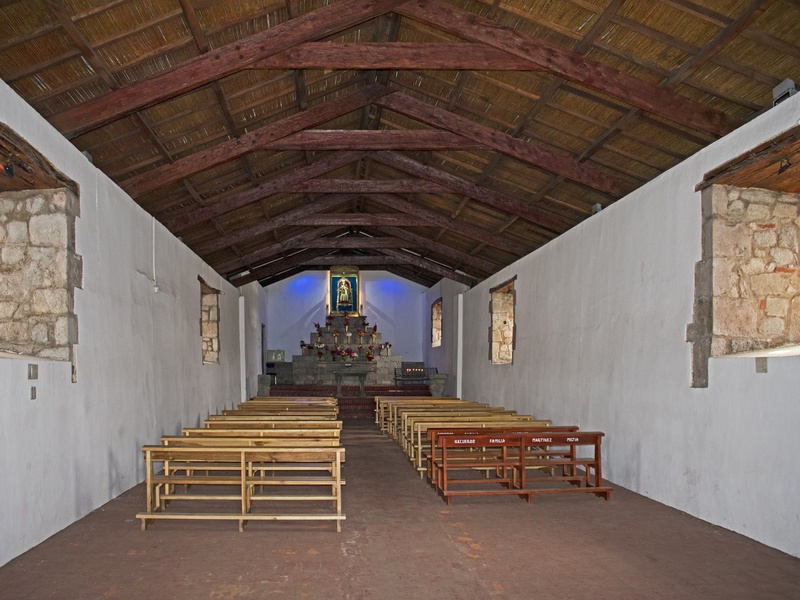
Iglesia de Balbanera
One of the oldest churches in the country, with colonial roots and rural location. Marks early evangelization and settlement patterns. Keeps historic architecture and tombs.
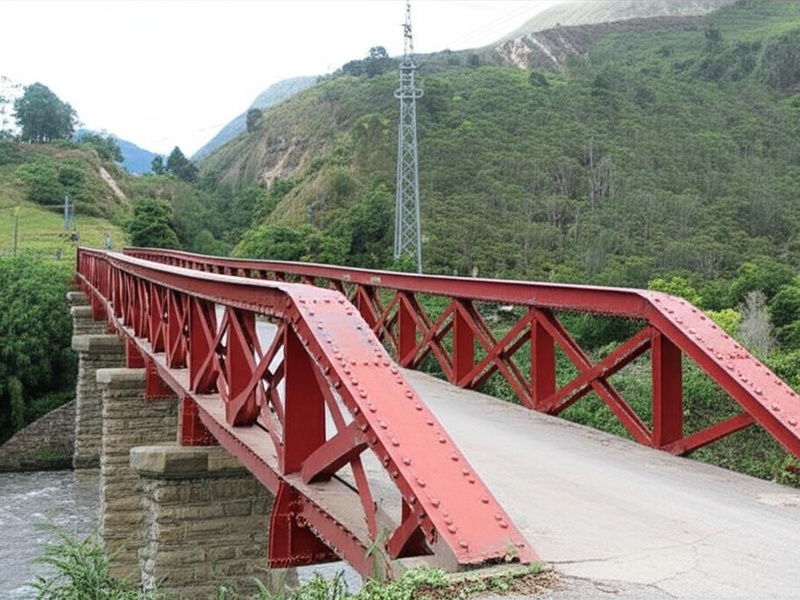
Puente de Chimbo
Historic bridge spanning a river and linking communities. Reflects colonial or republican transport routes. Functions as local infrastructure with heritage value.
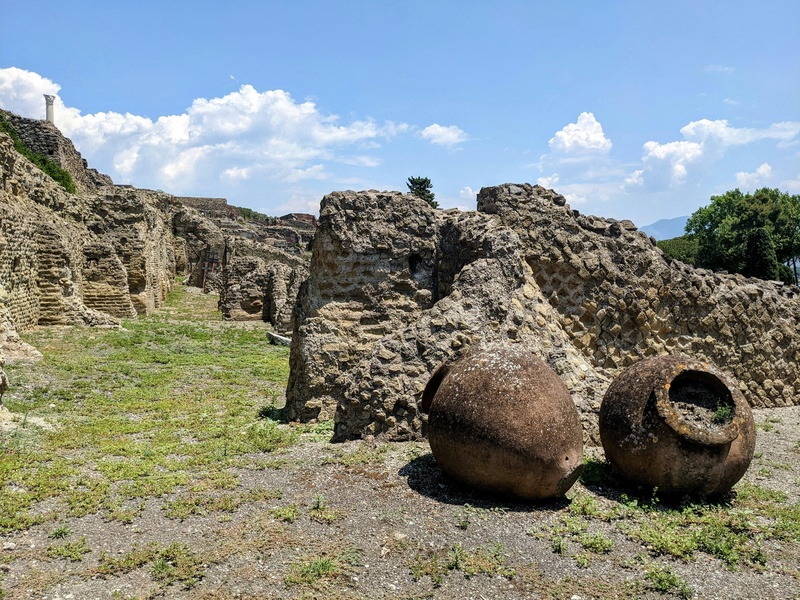
Complejo Arqueológico de Pambamarca
Hill fort system with defensive walls and pre-Hispanic ruins near Cayambe. Shows regional conflict and highland settlement patterns. Offers trails and archaeological remains.
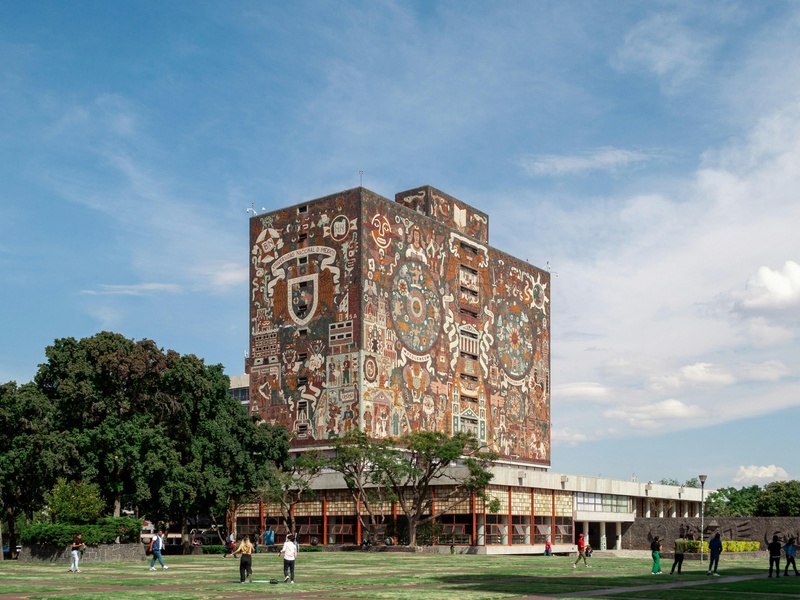
Universidad de Guayaquil (Casona Universitaria)
Historic university building with academic and civic history. Hosts lectures, archives, and cultural events. Represents higher education’s role in urban life.
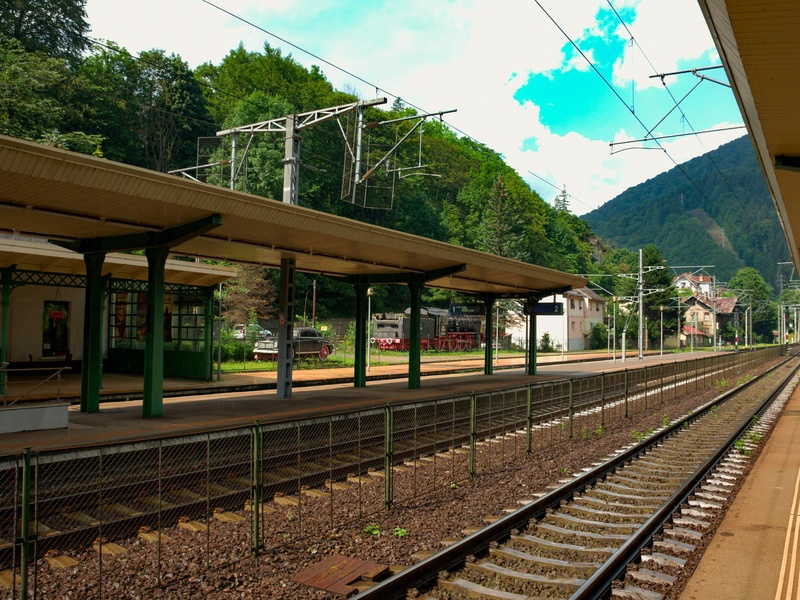
Estación del Ferrocarril de Chimbacalle
Historic railway station near Quito important to early rail travel. Marks industrial and transport history. Preserves station architecture and railway heritage.
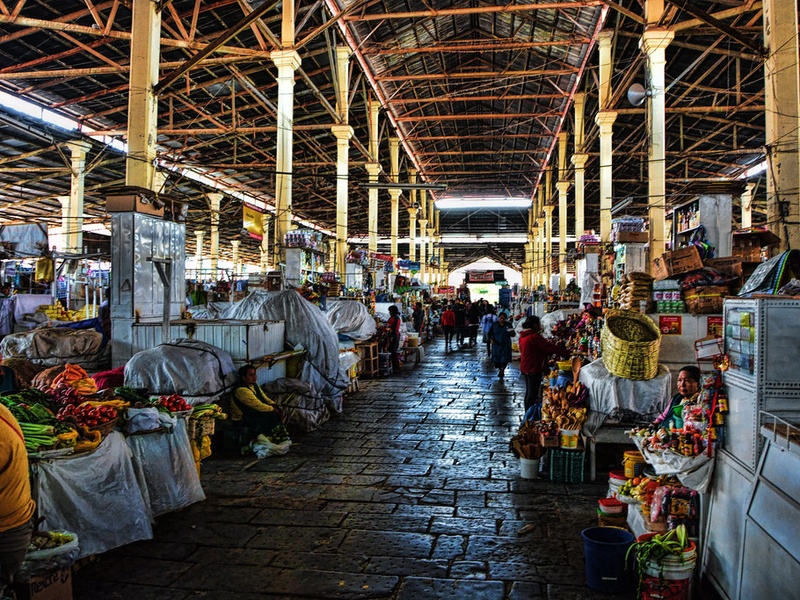
Mercado de San Francisco
Historic market near San Francisco church with traditional stalls and crafts. Reflects urban commerce and local food culture. Serves as a living piece of daily history.
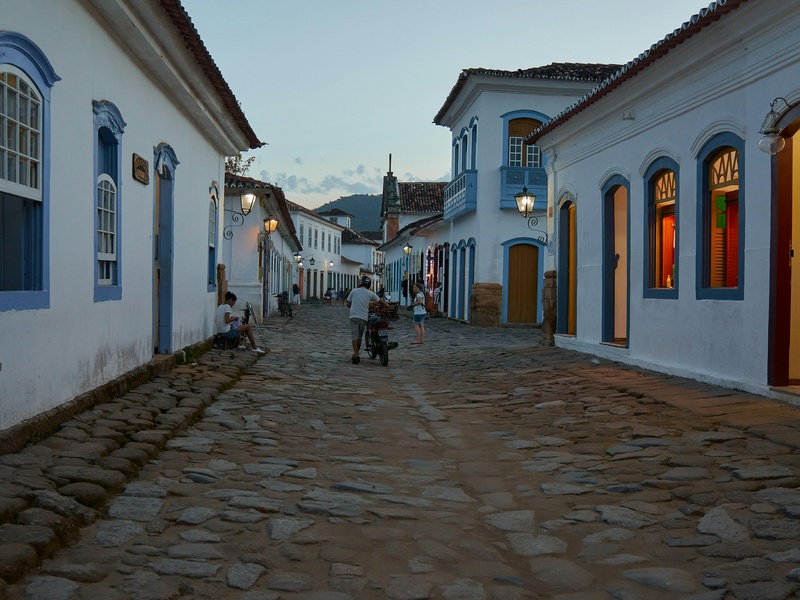
Alausí Historic Town
Highland town known for colonial layout and gateway to the Devil’s Nose train. Preserves timber balconies and mountain culture. Acts as a stop for heritage rail journeys.
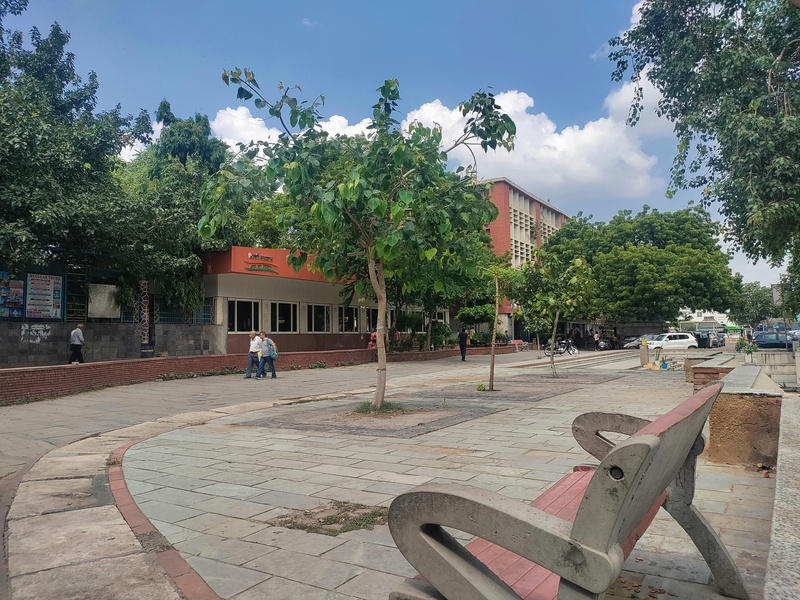
Centro Cultural Metropolitano
Cultural center housed in a restored historic building offering exhibits and events. Merges heritage architecture with modern cultural programming. Acts as an arts and history venue.
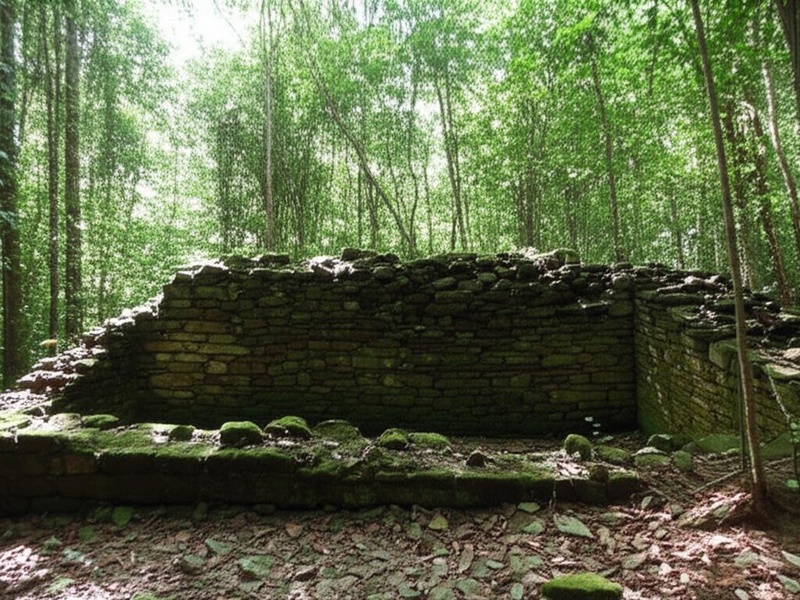
Logroño de los Caballeros Ruins
Early colonial settlement ruins from the ill-fated Lope de Aguirre era. Mark Spanish exploration, conflict, and colonial attempts on the coast. Offer rare colonial archaeological traces.

